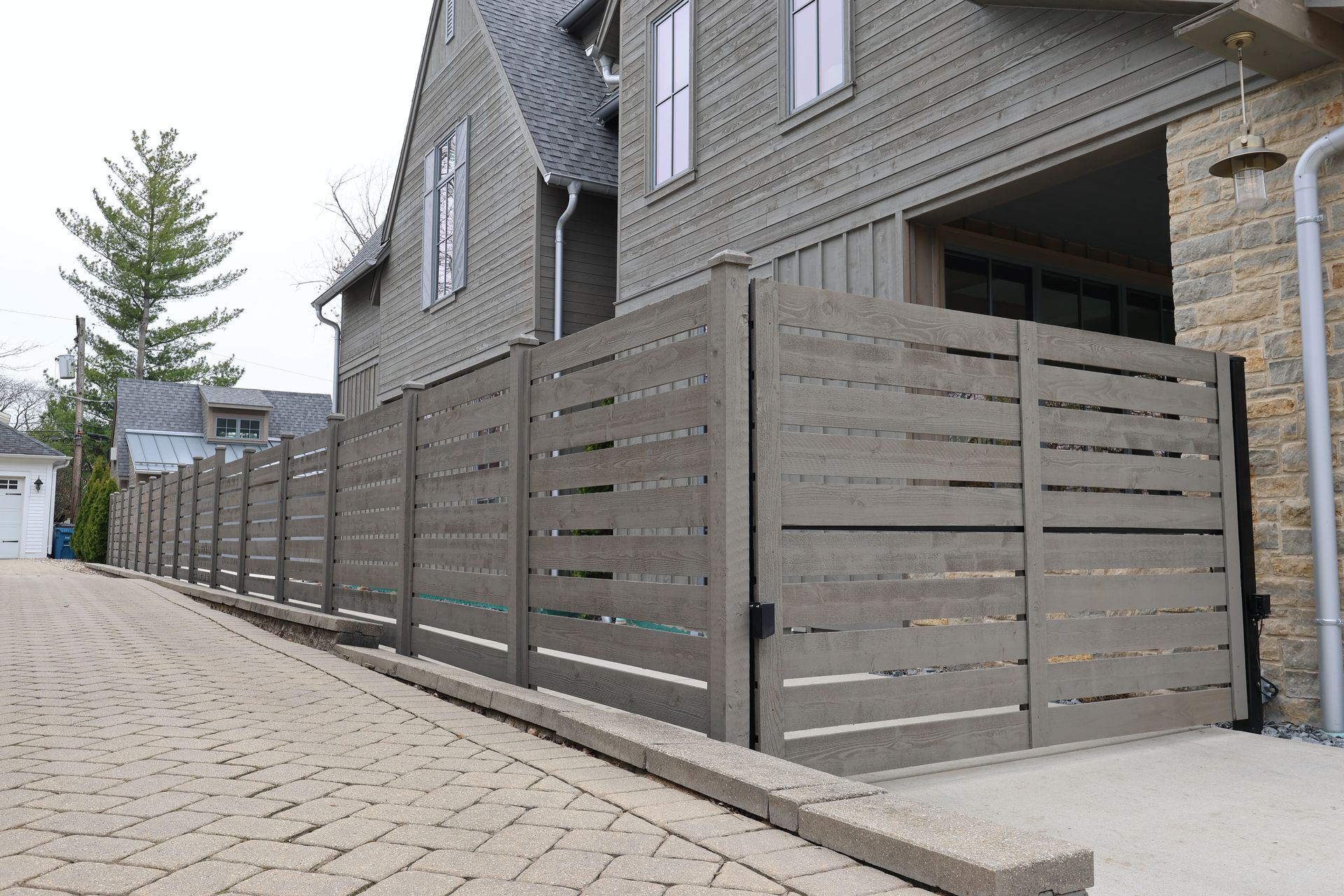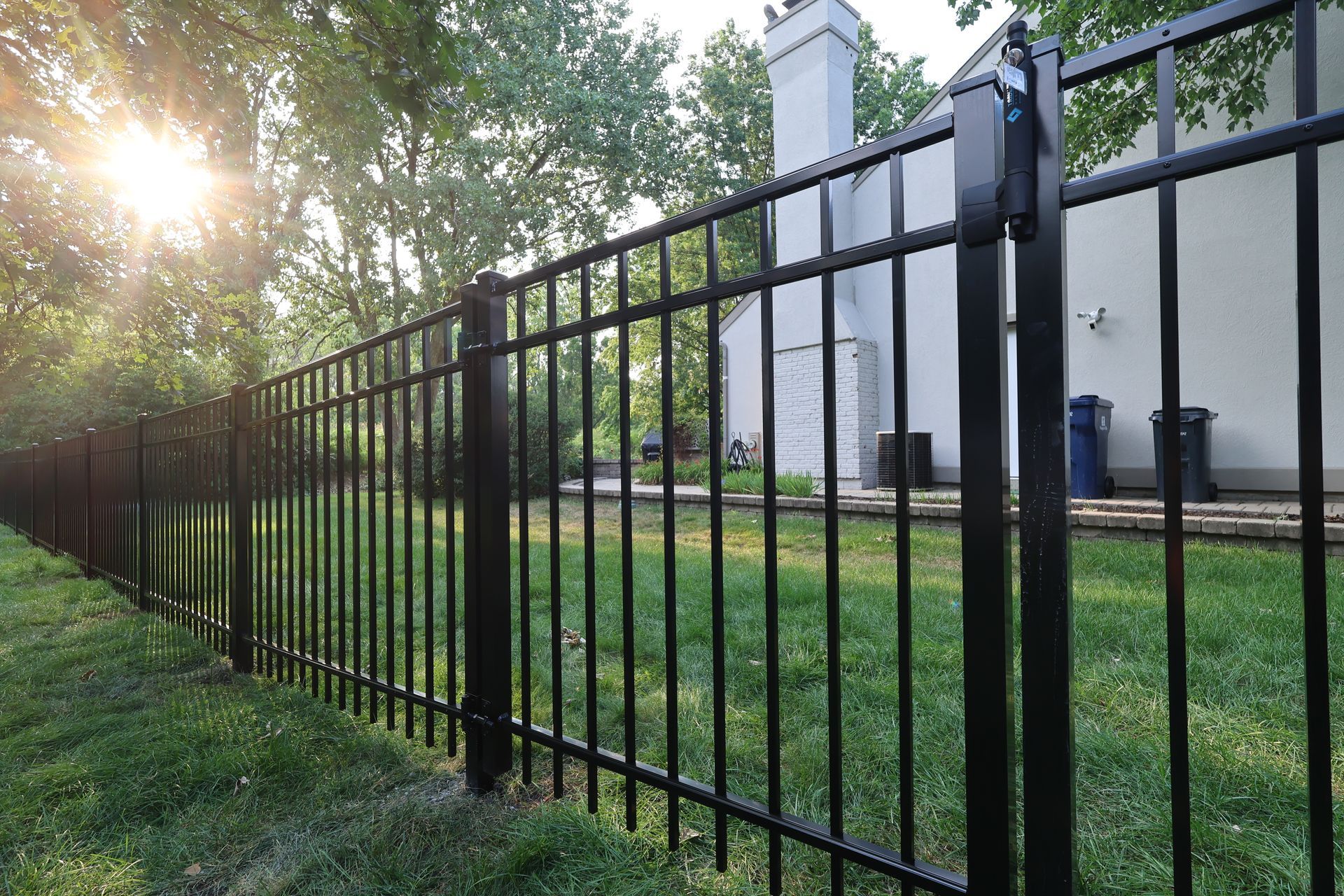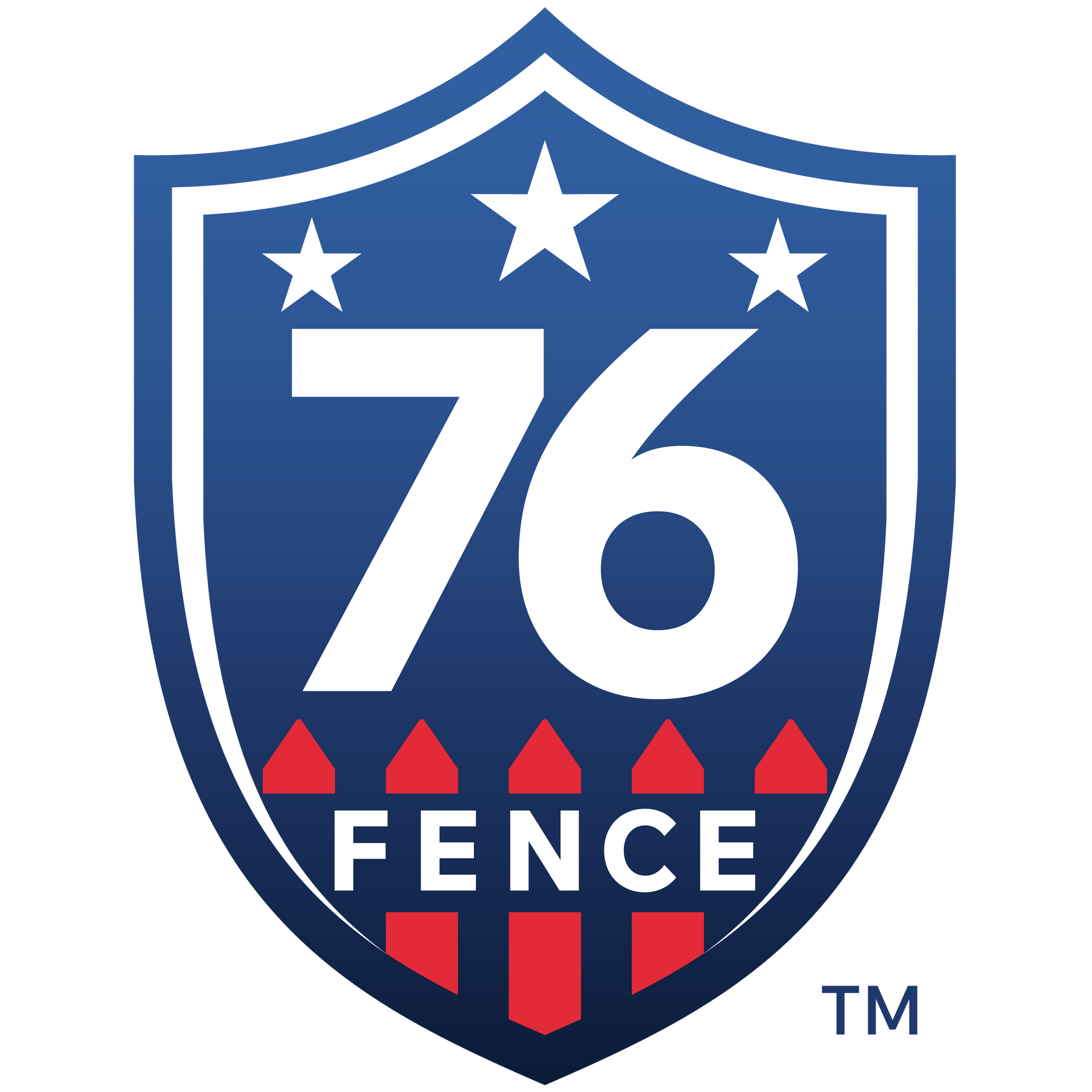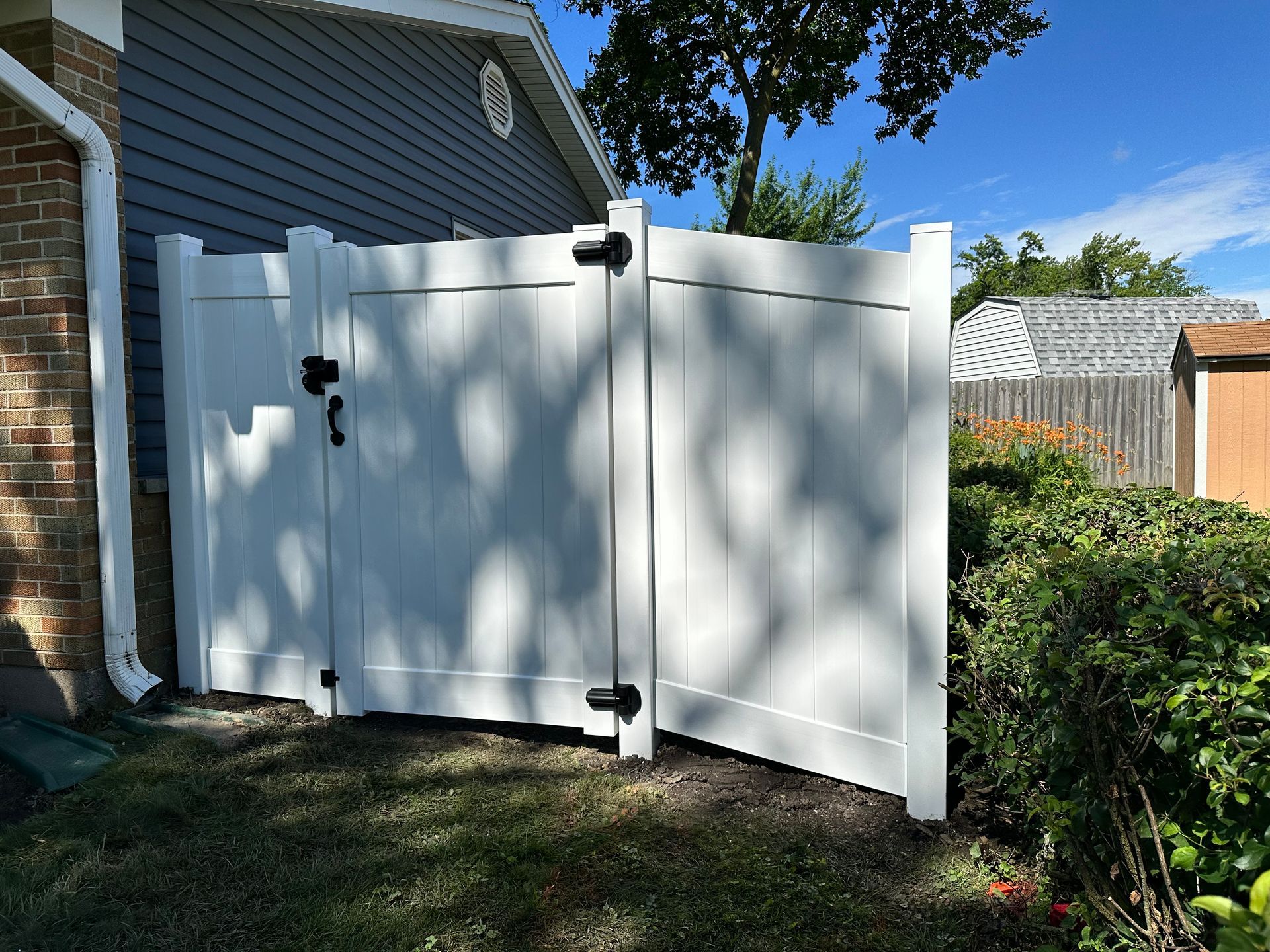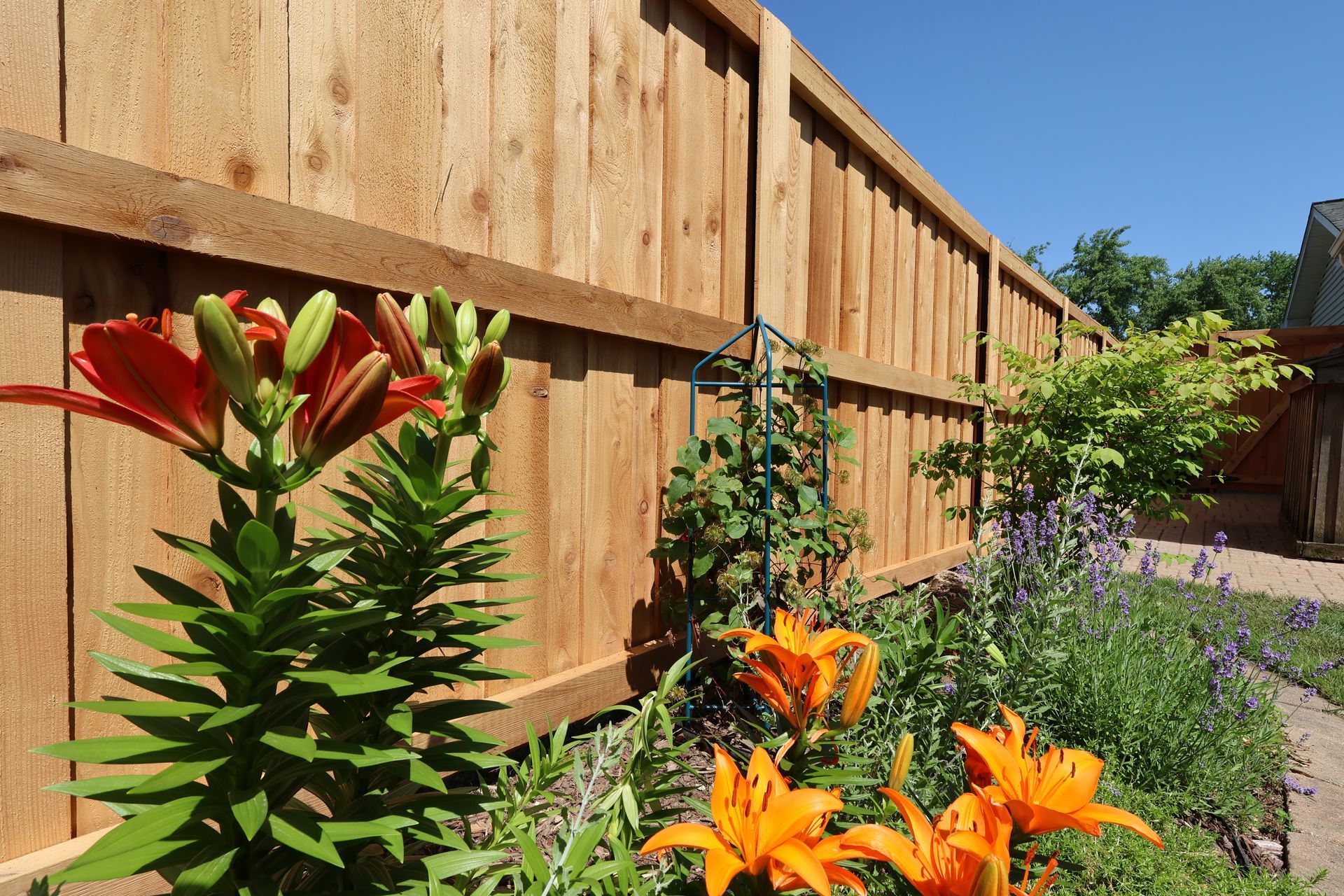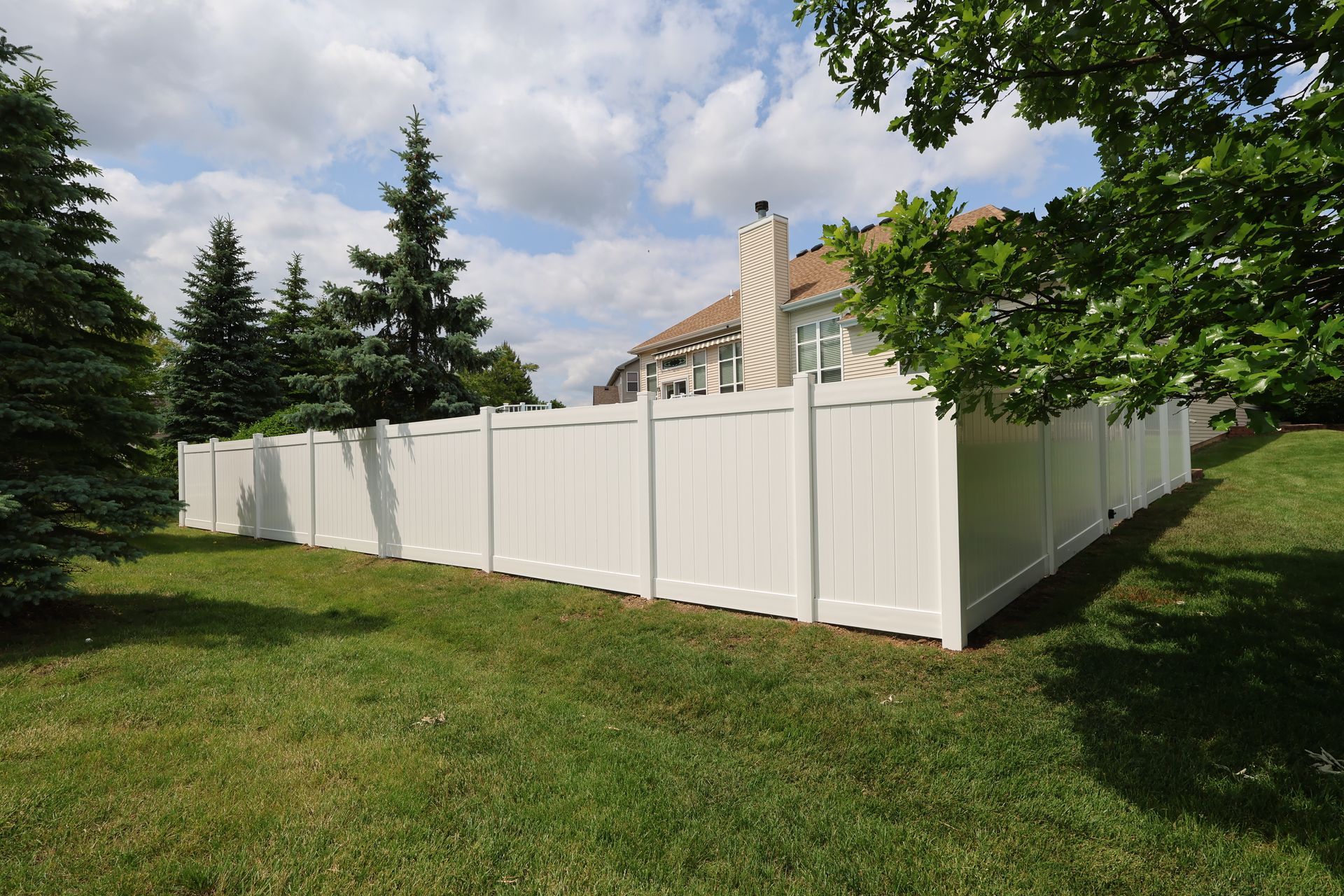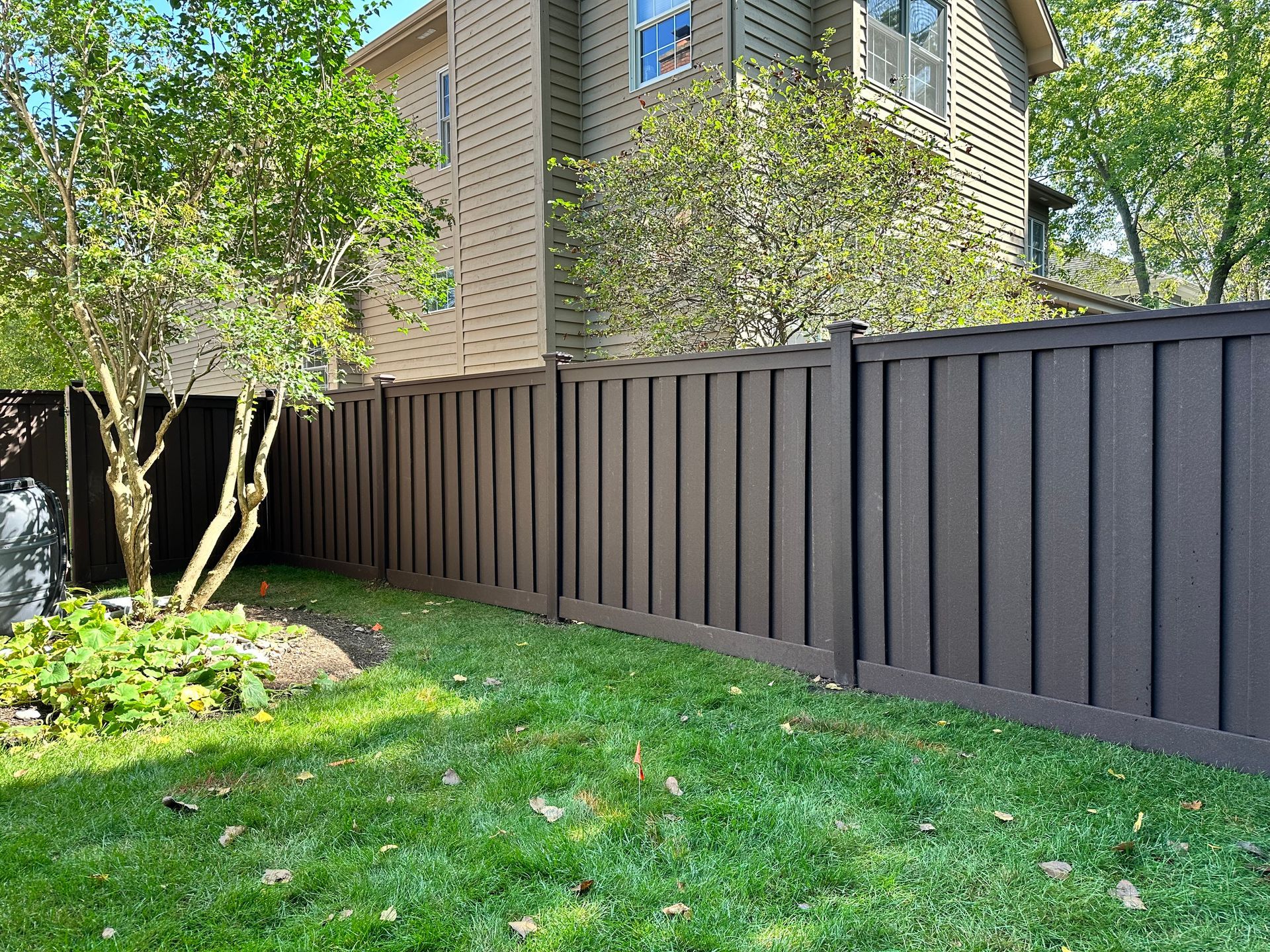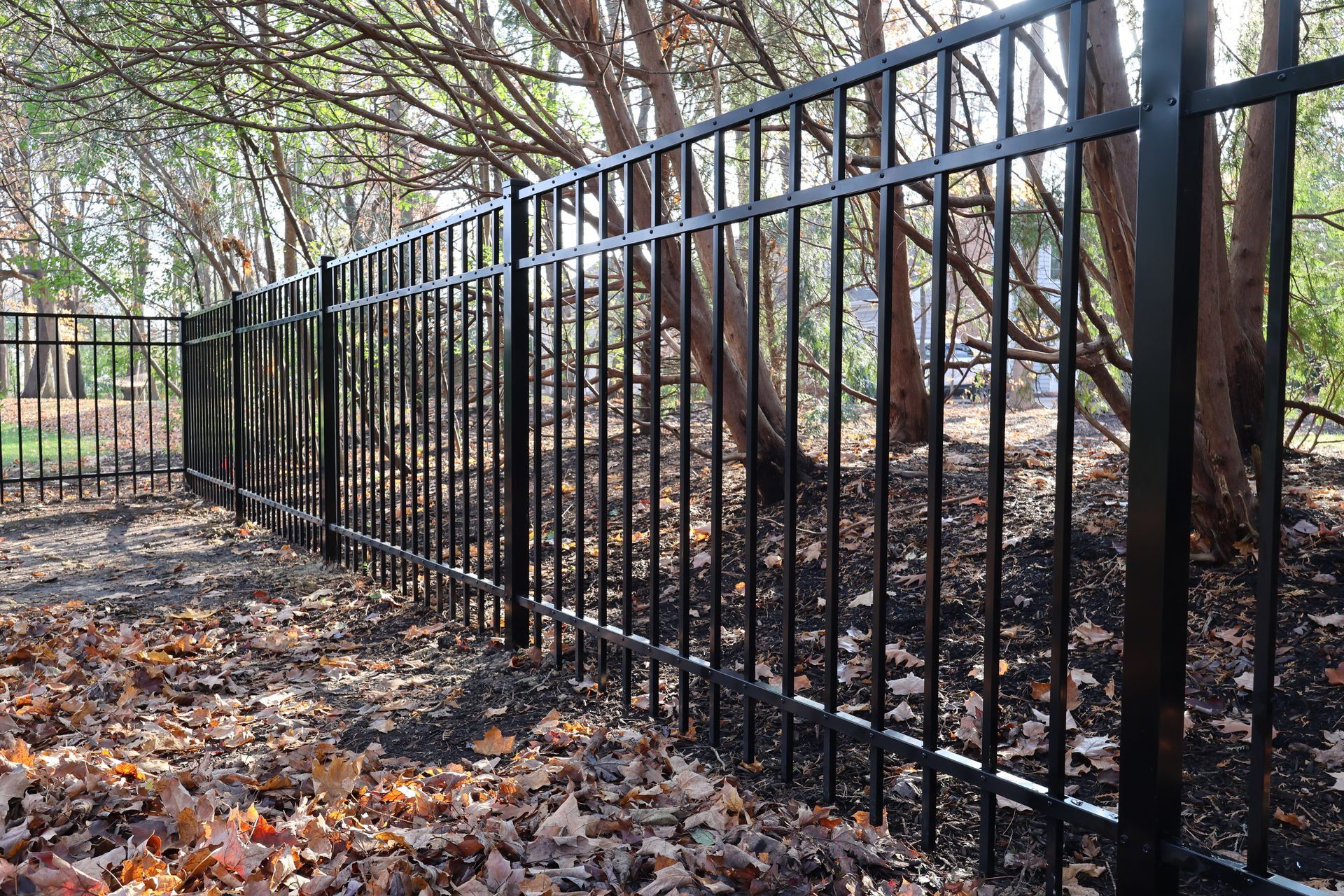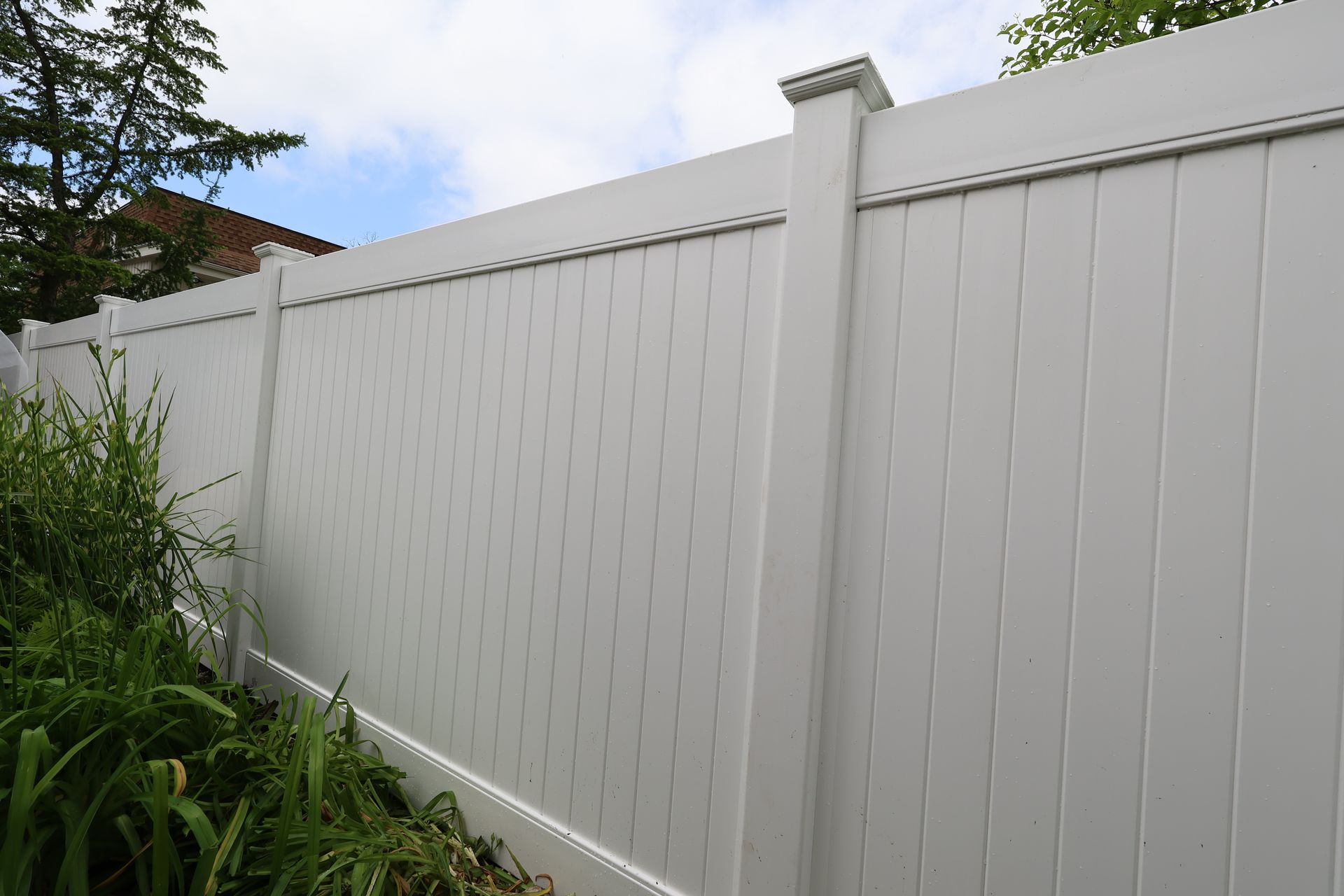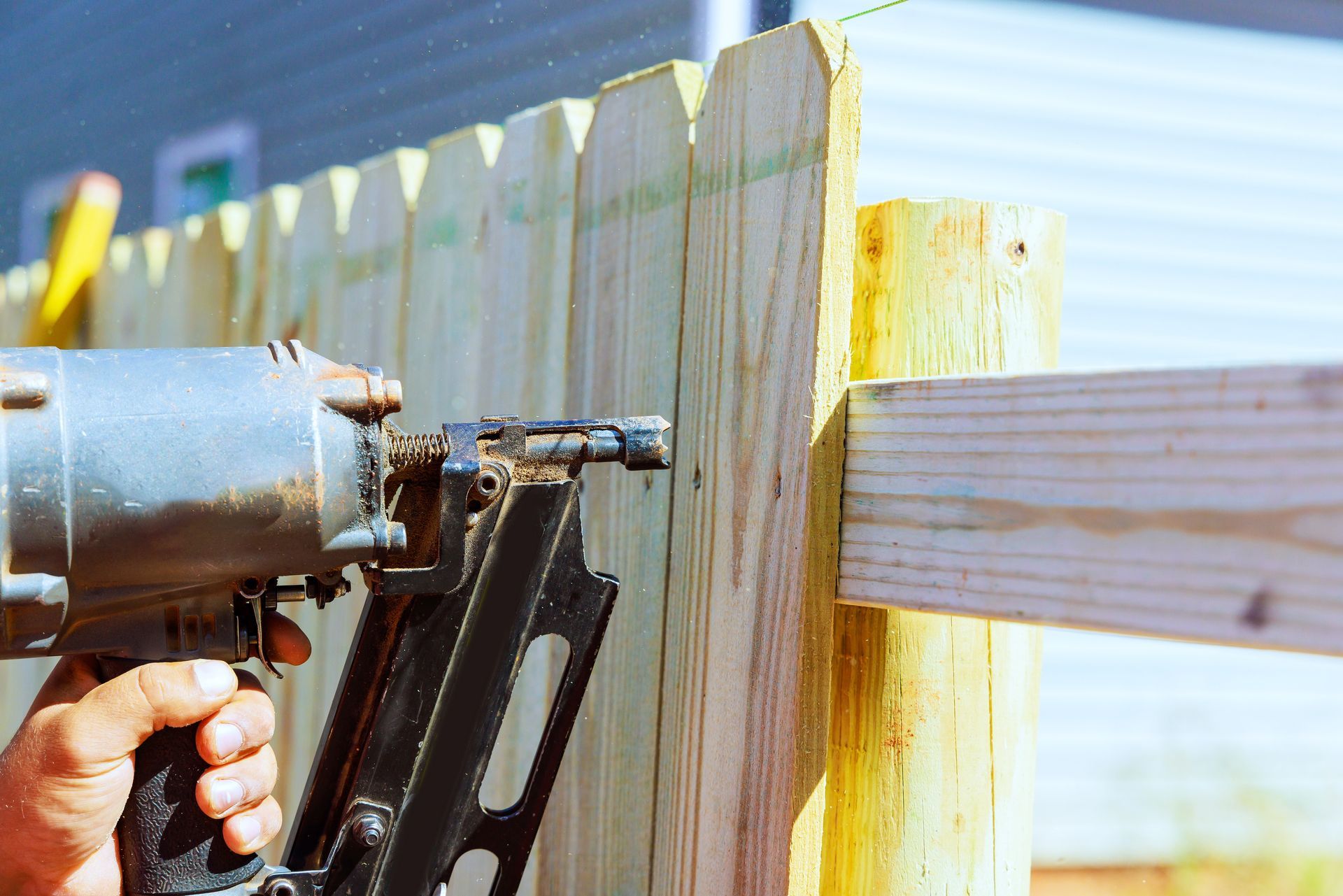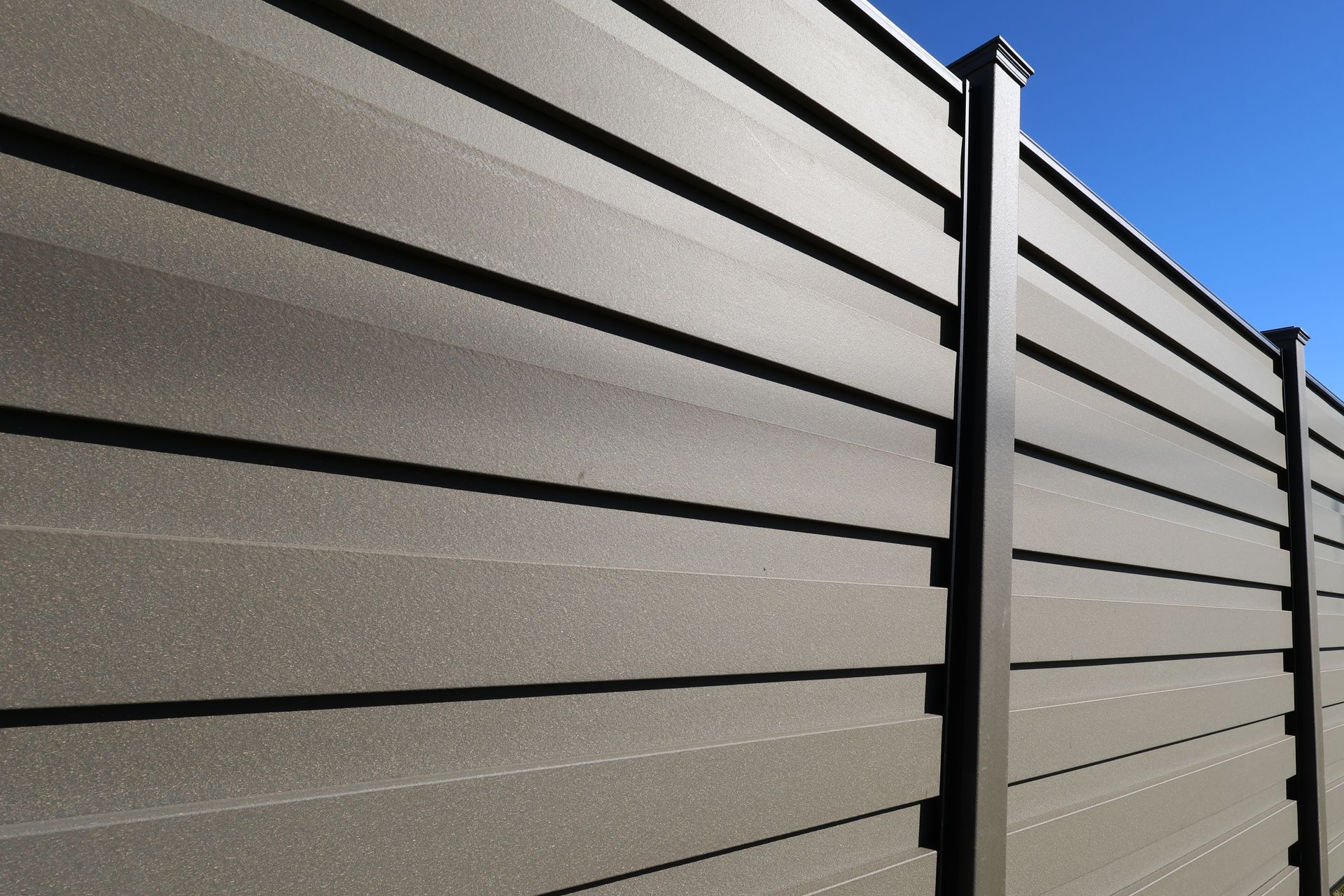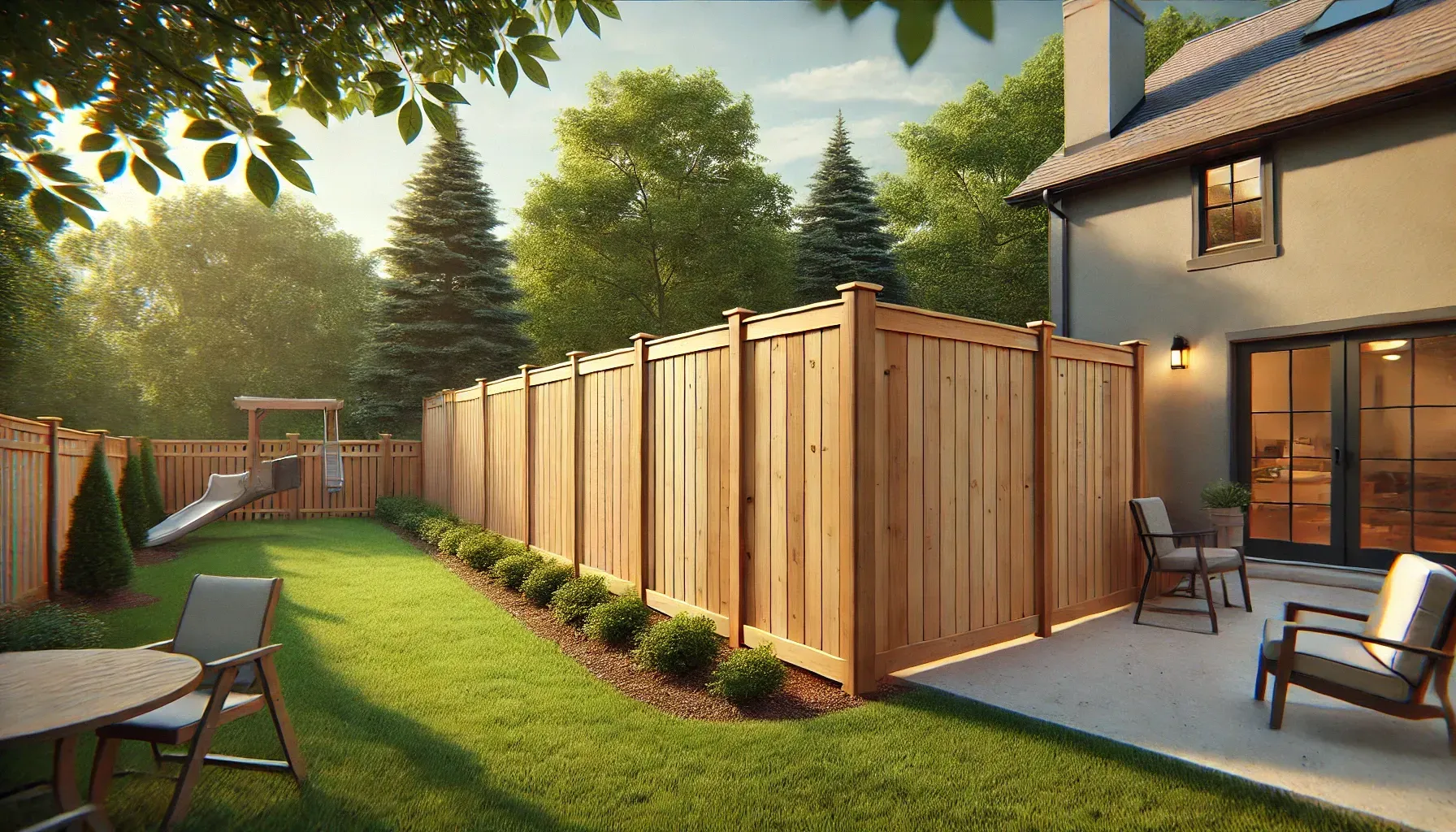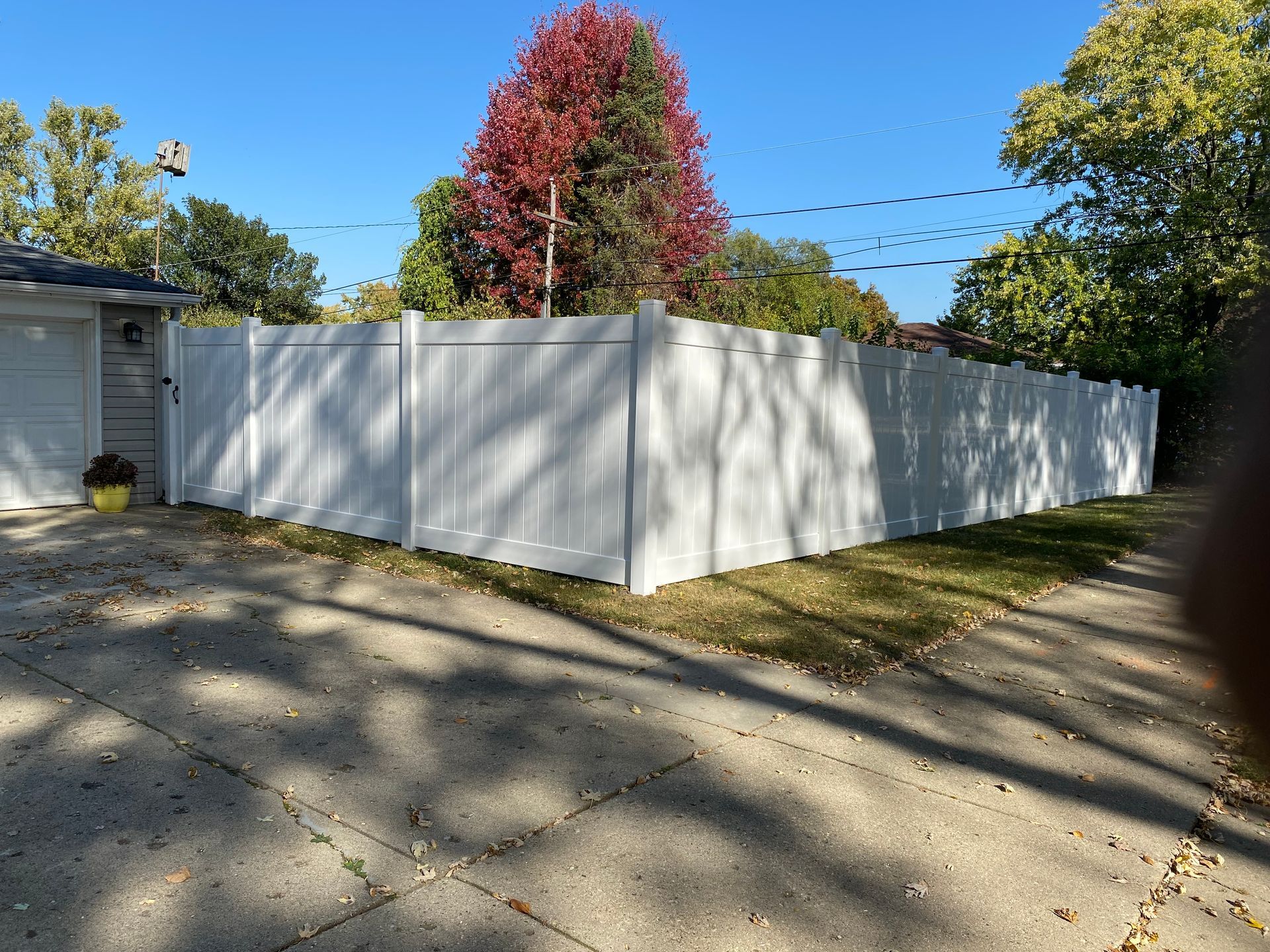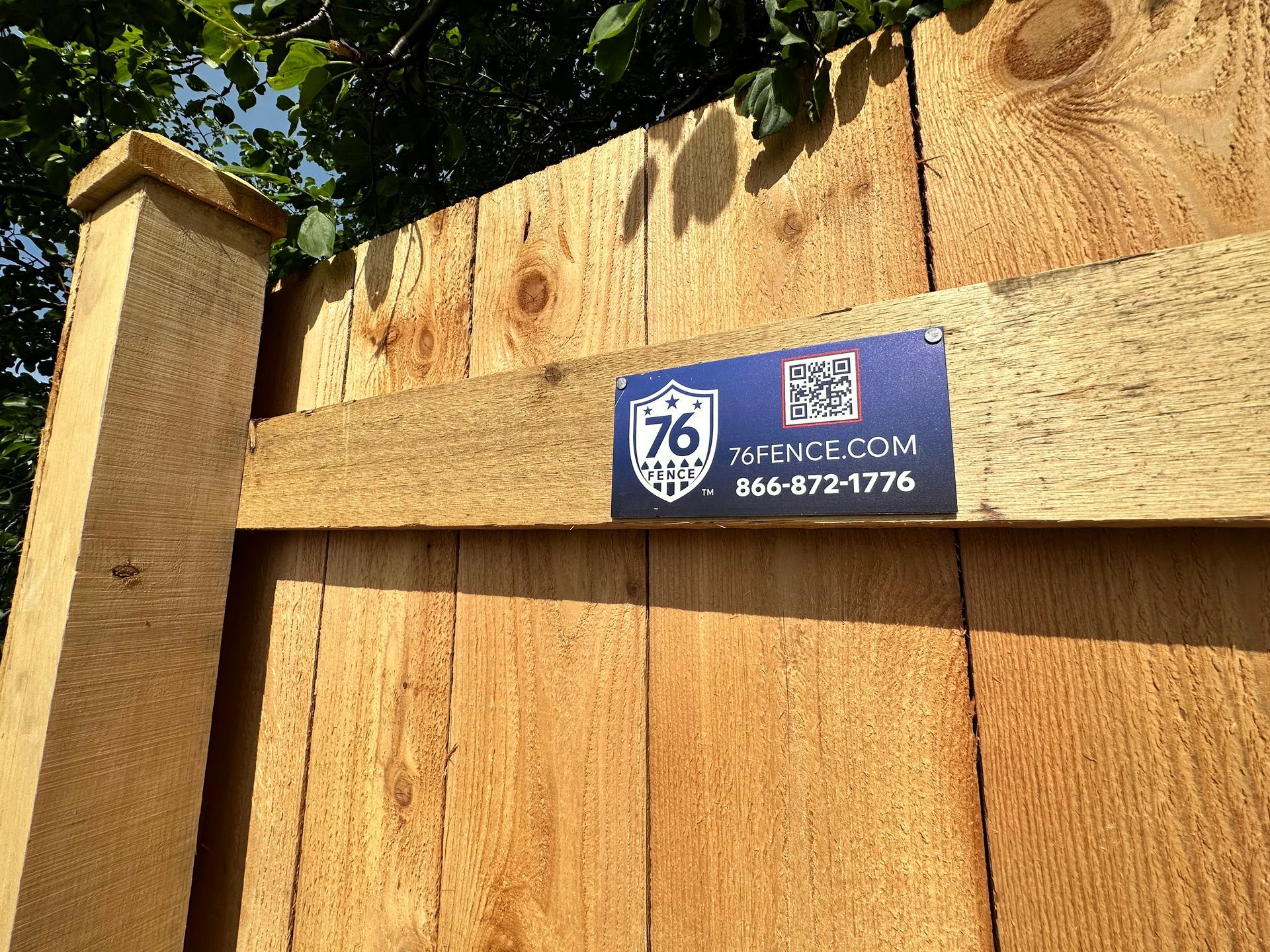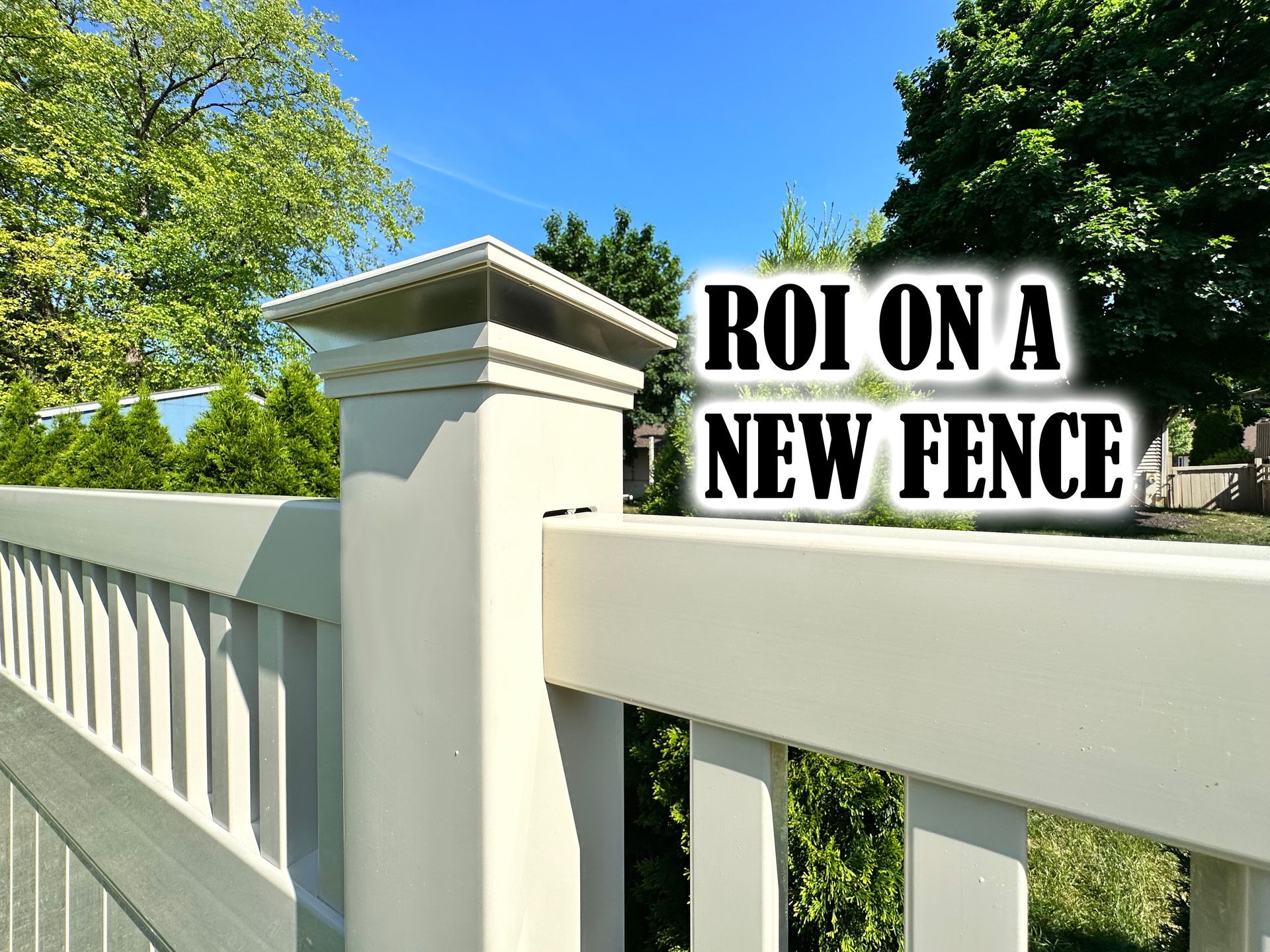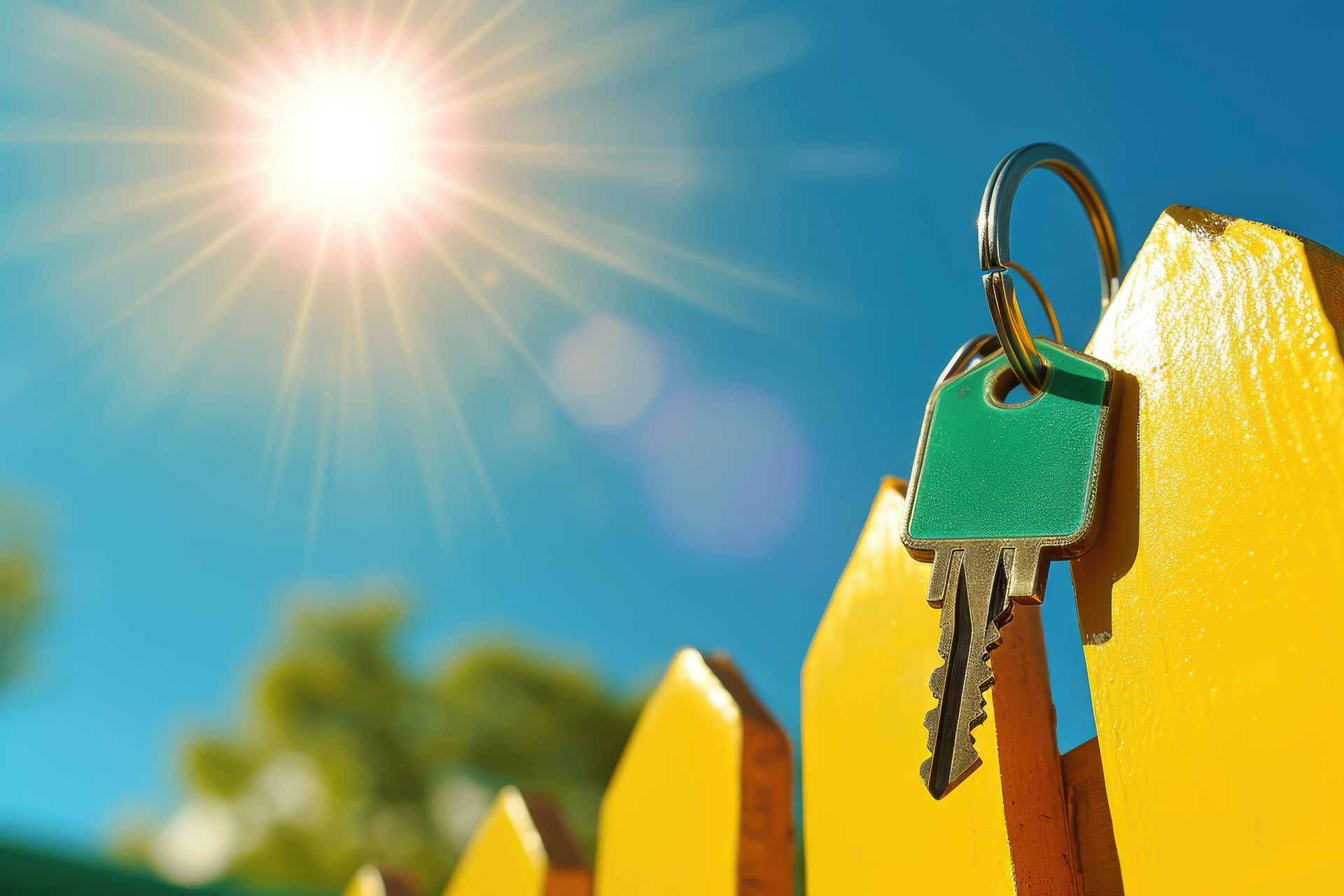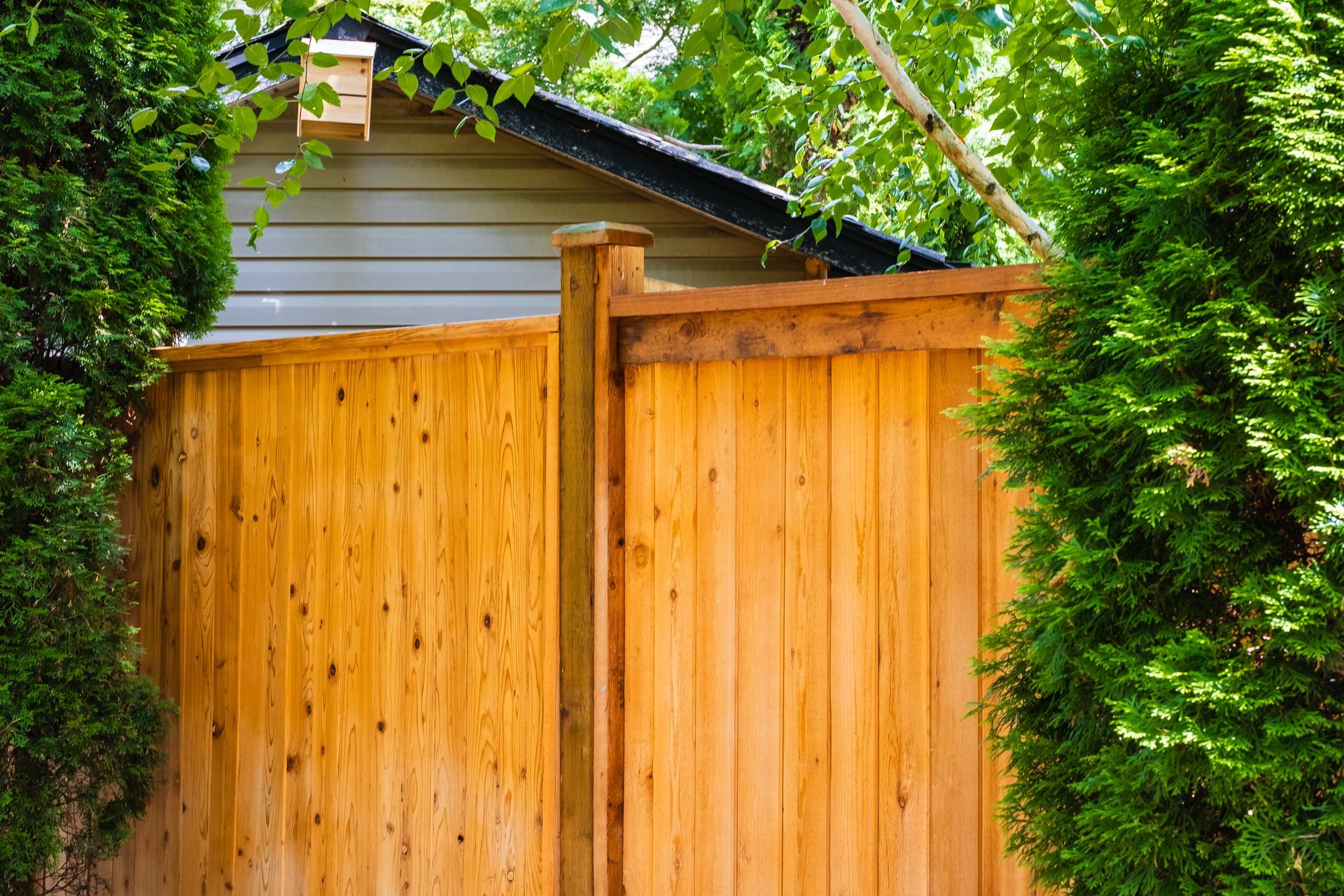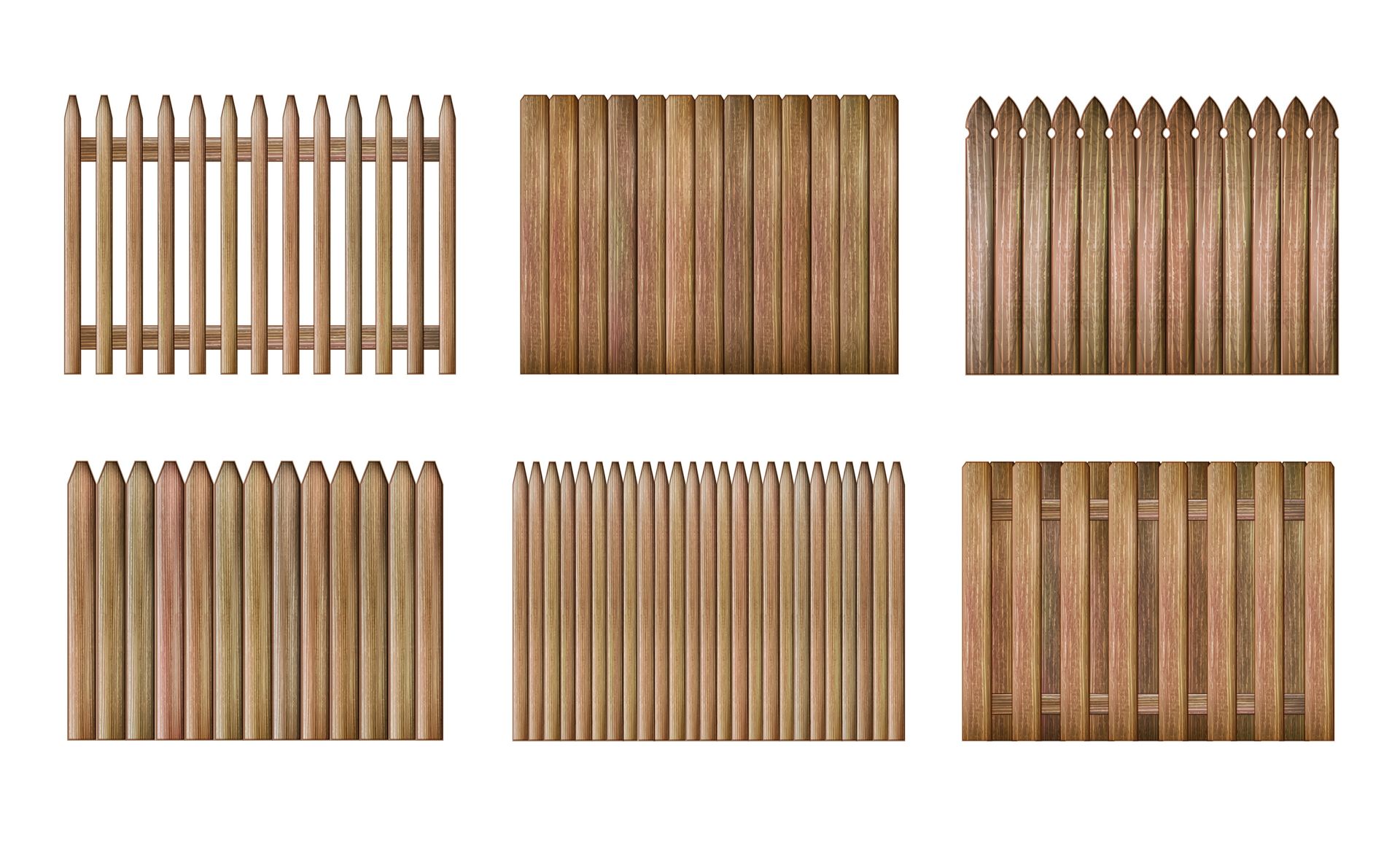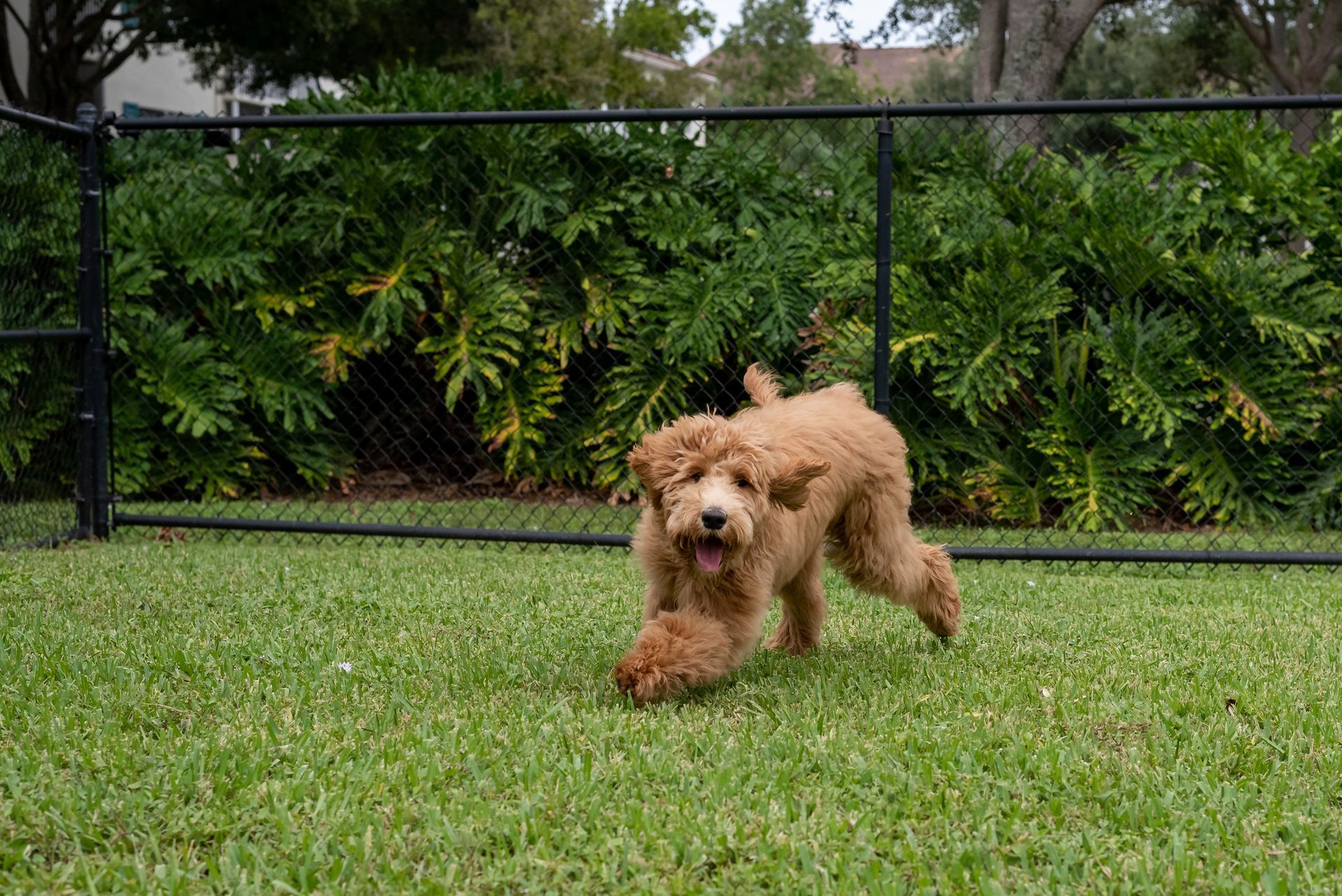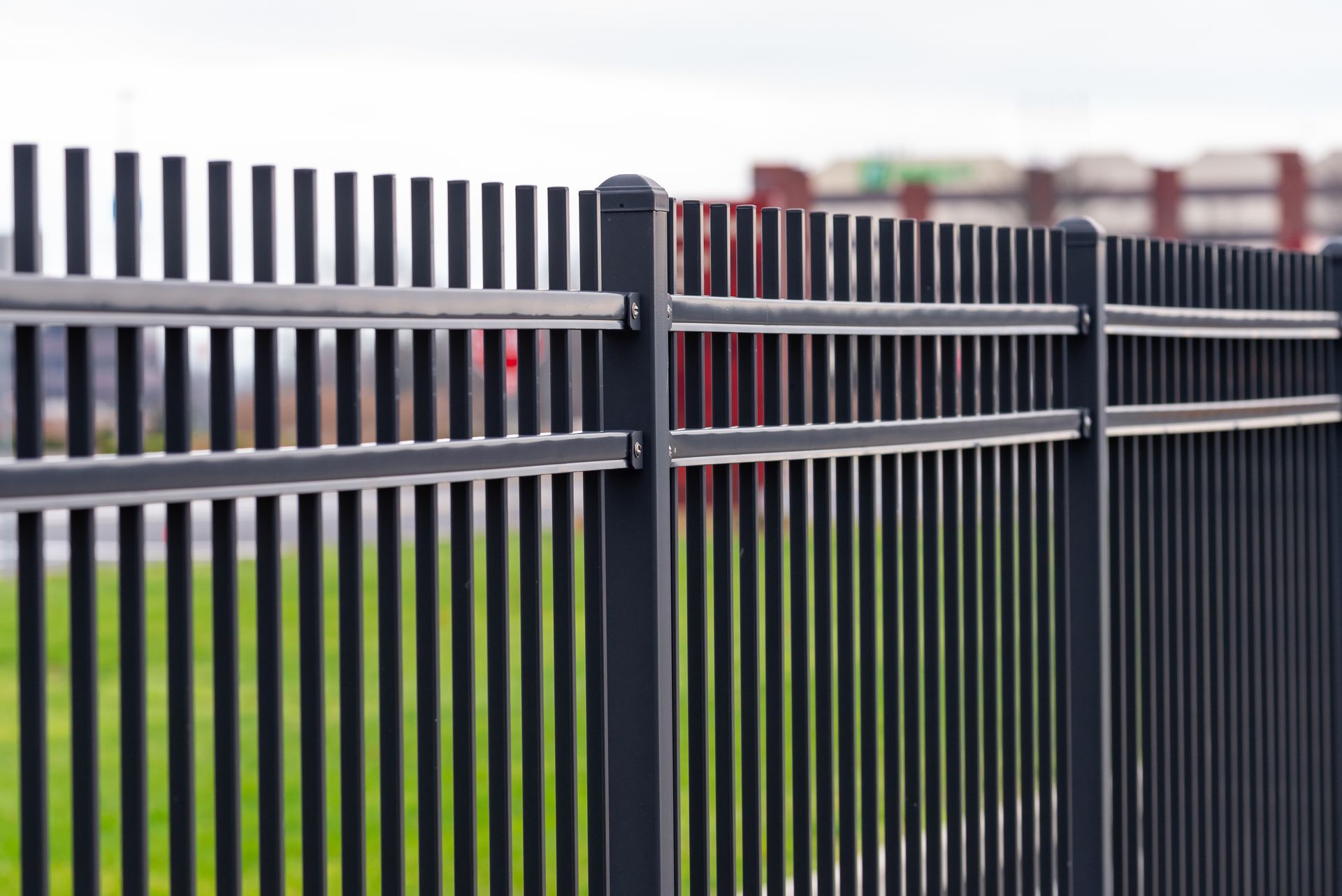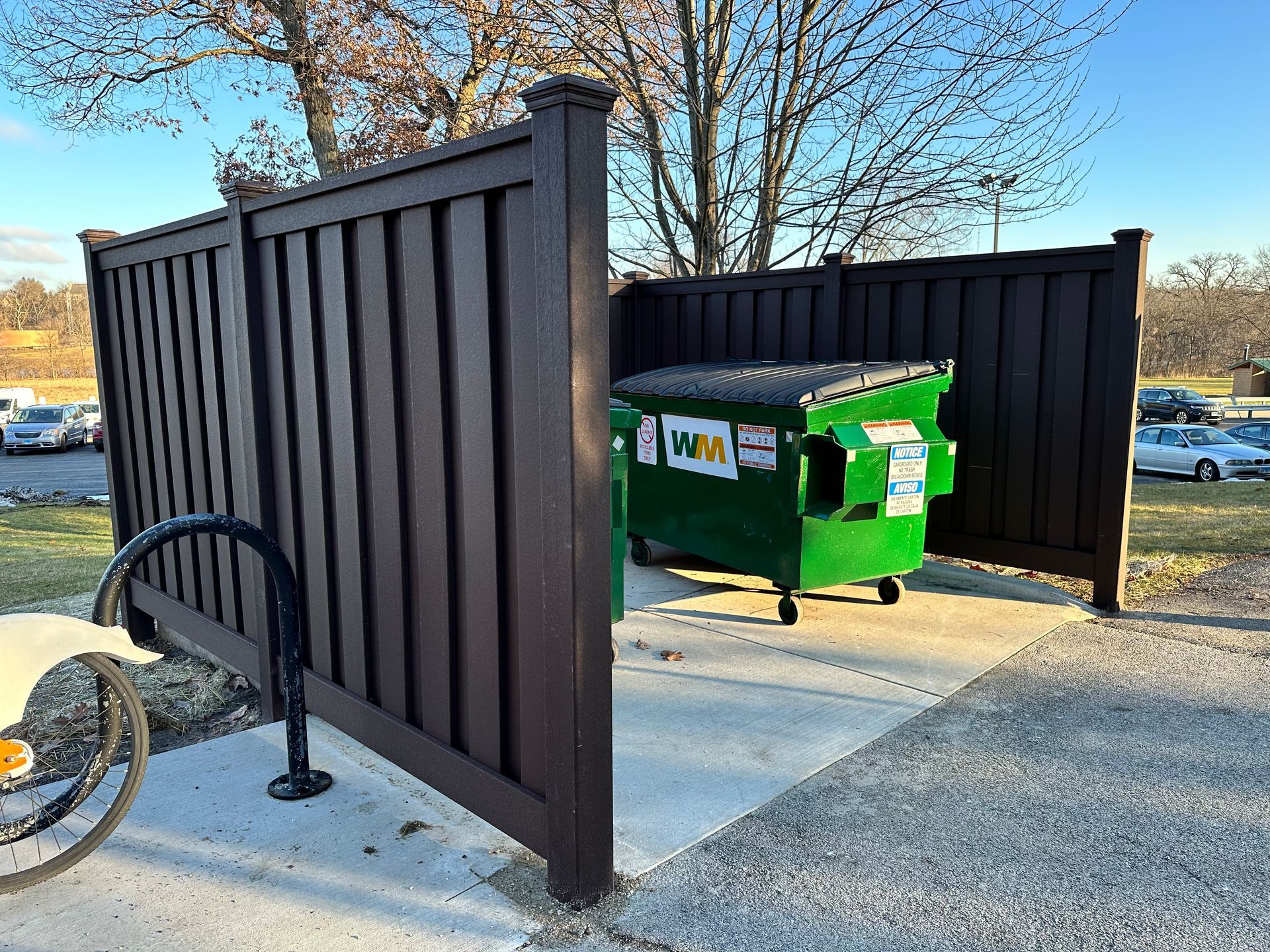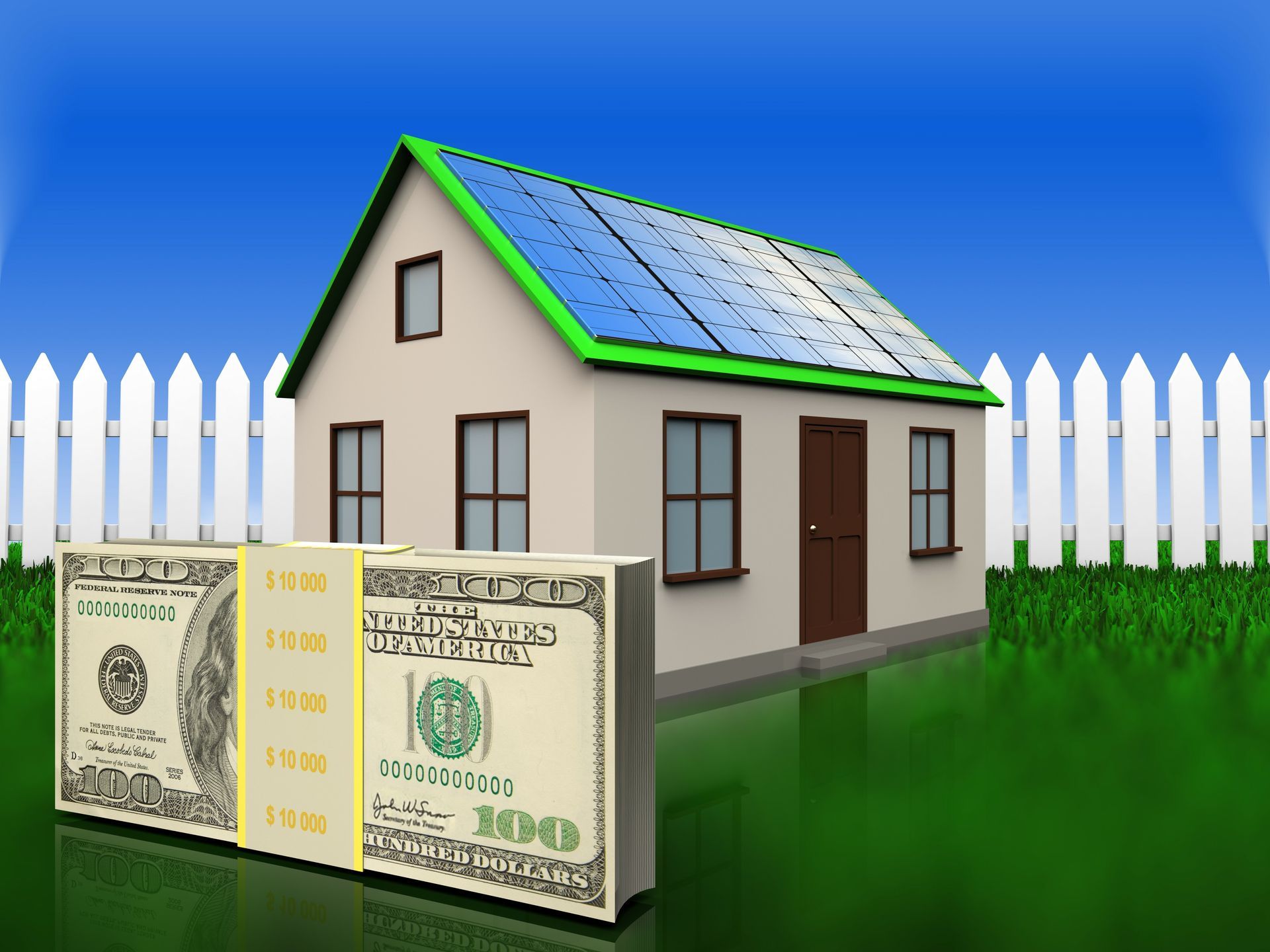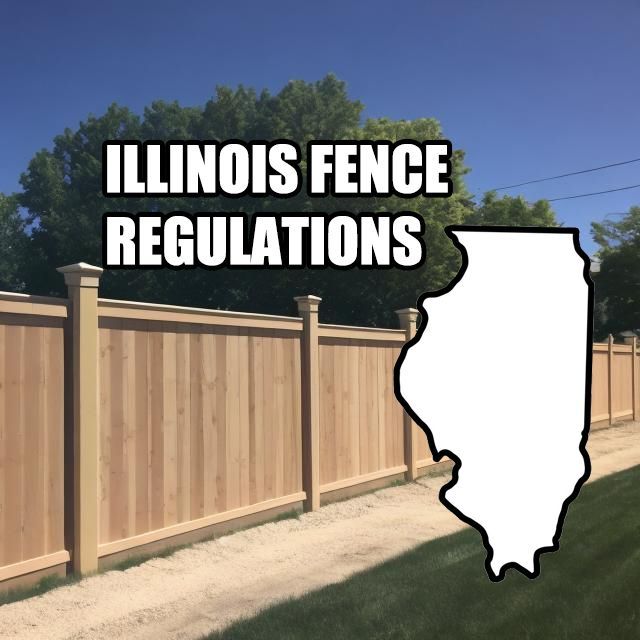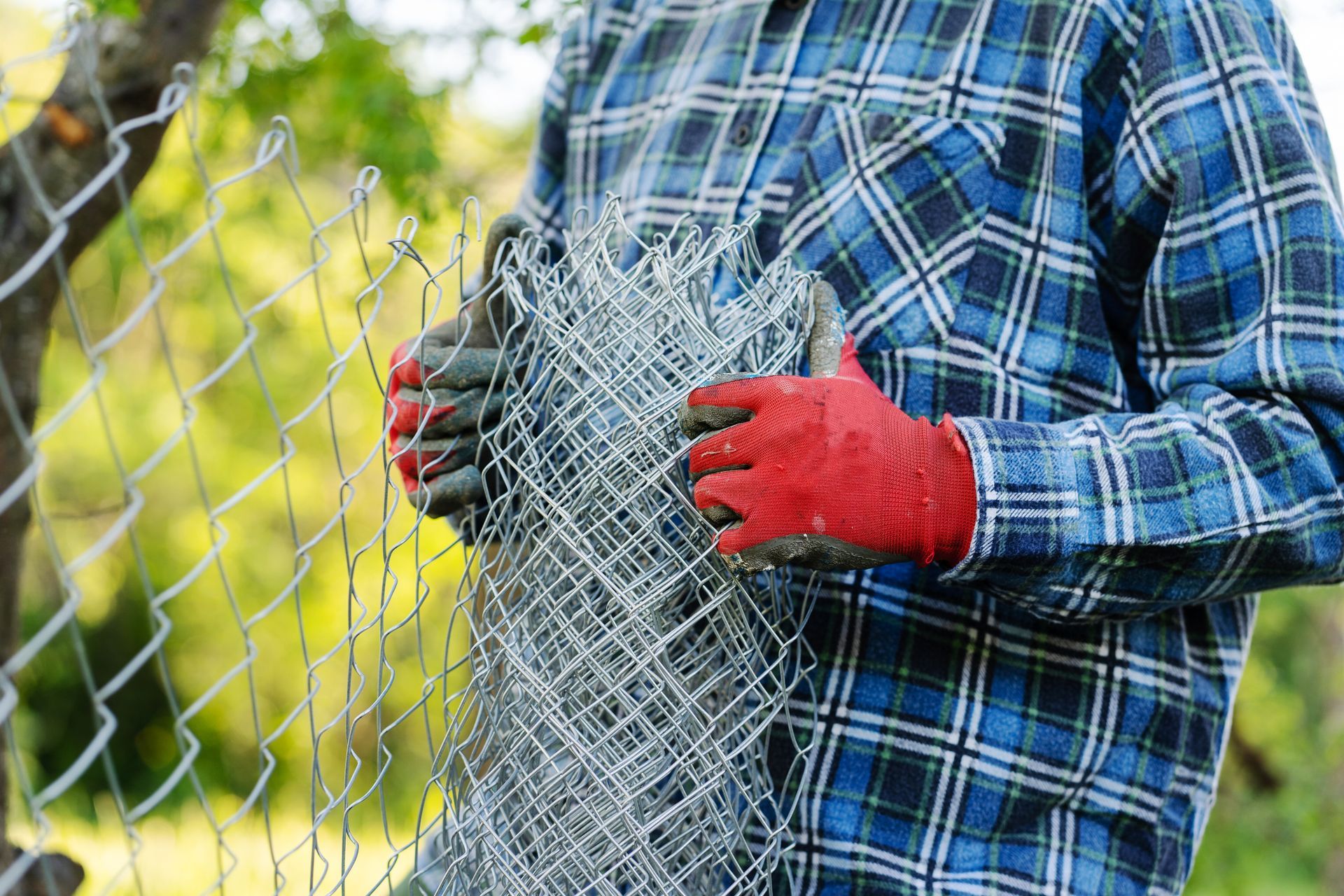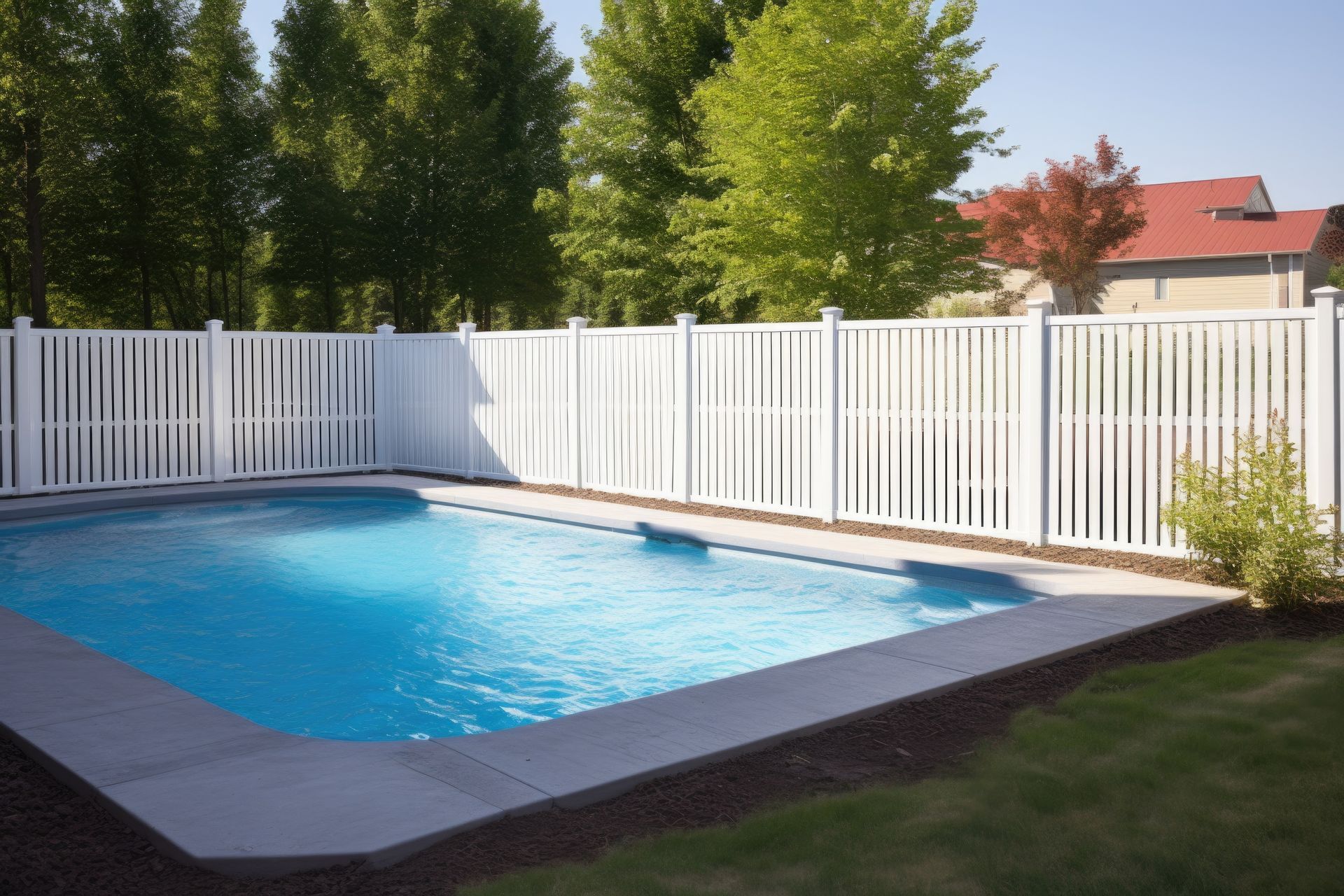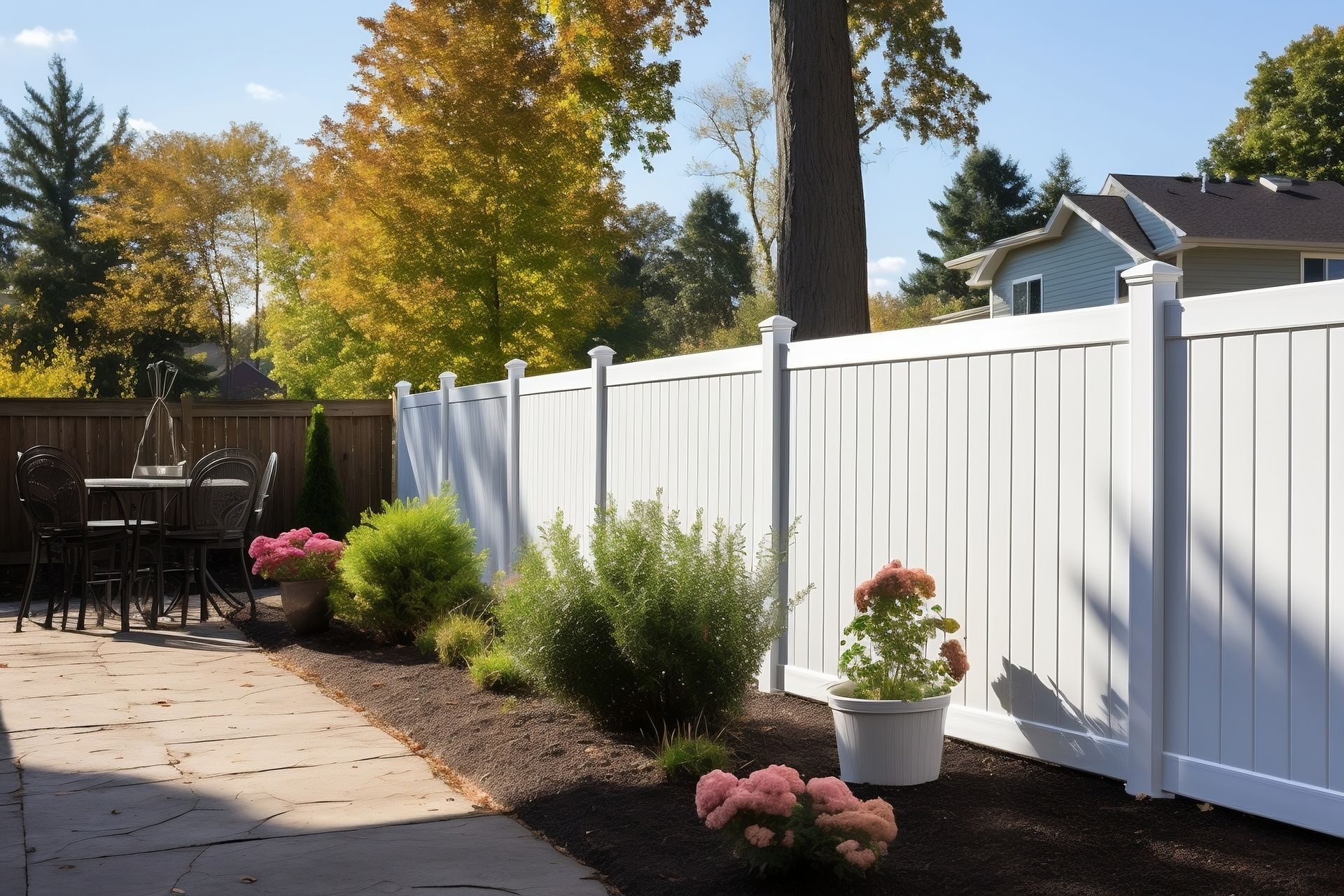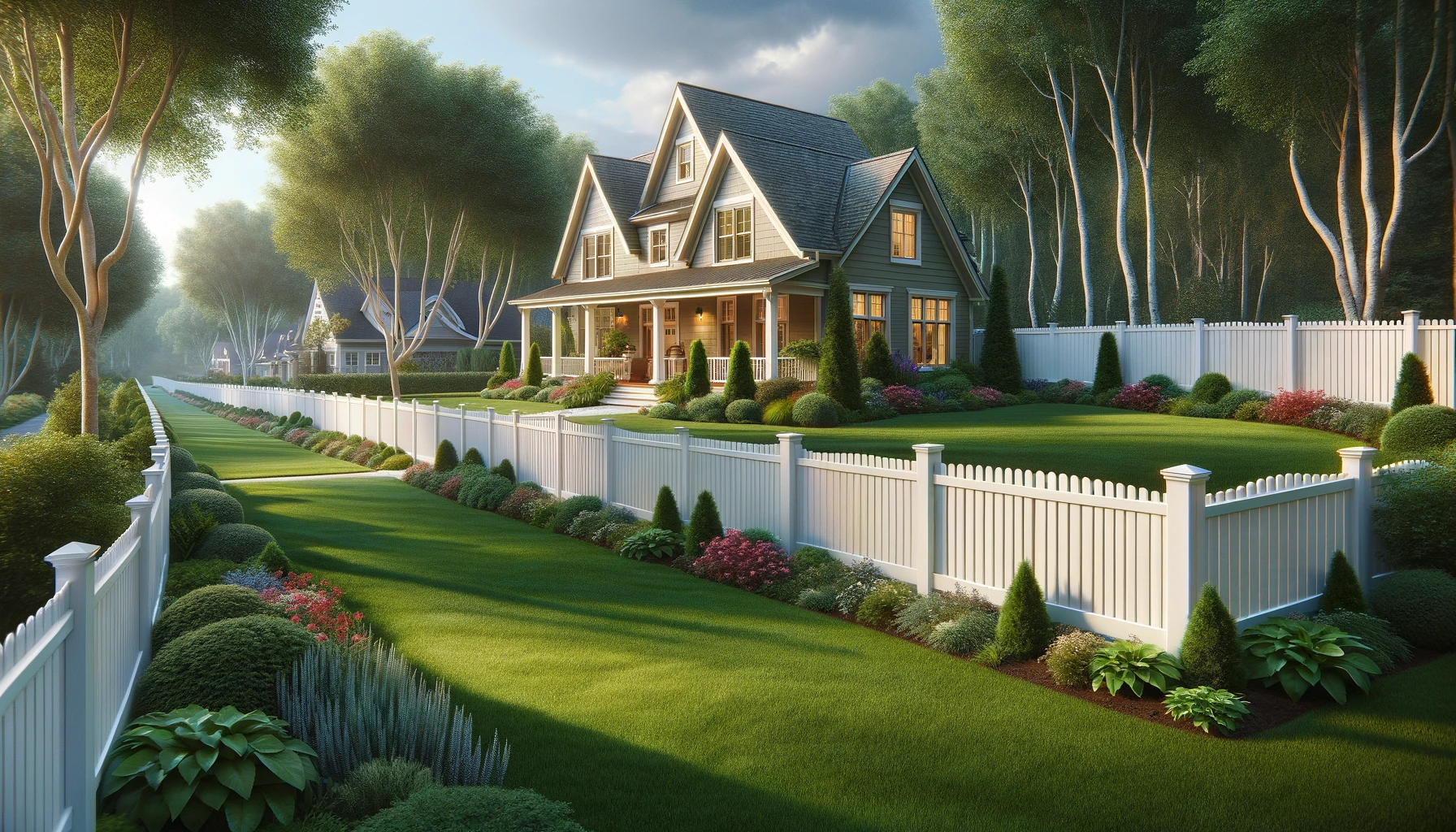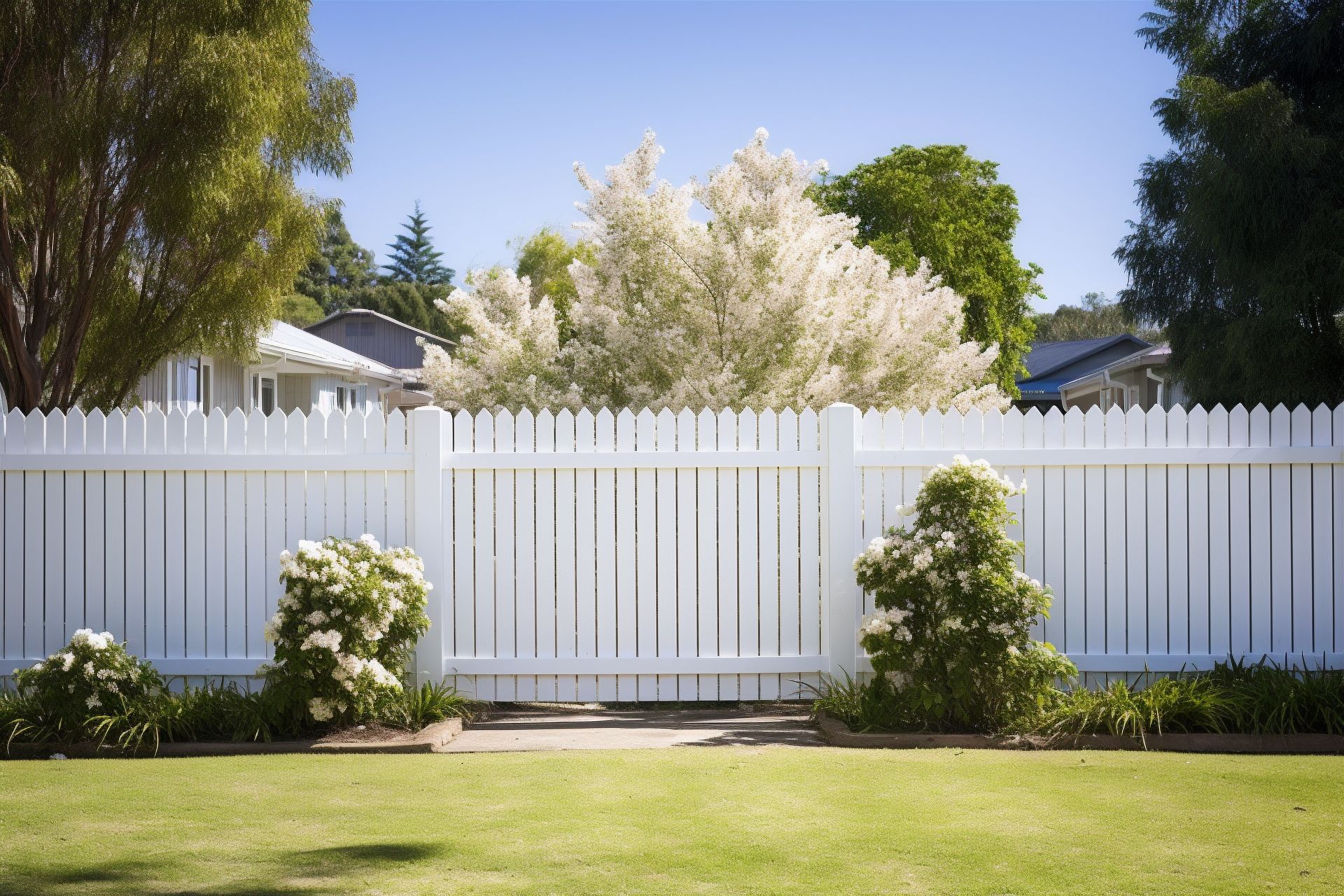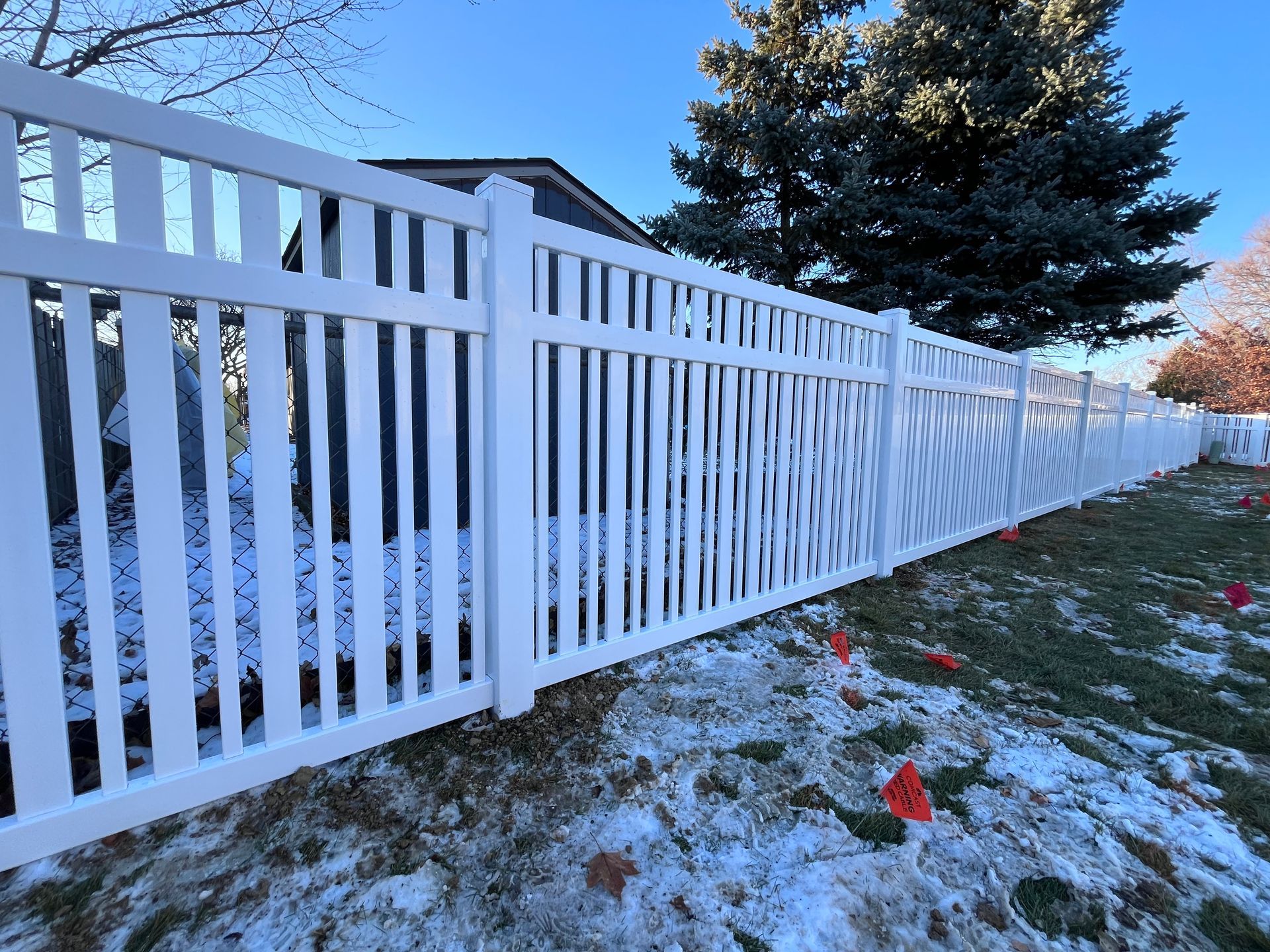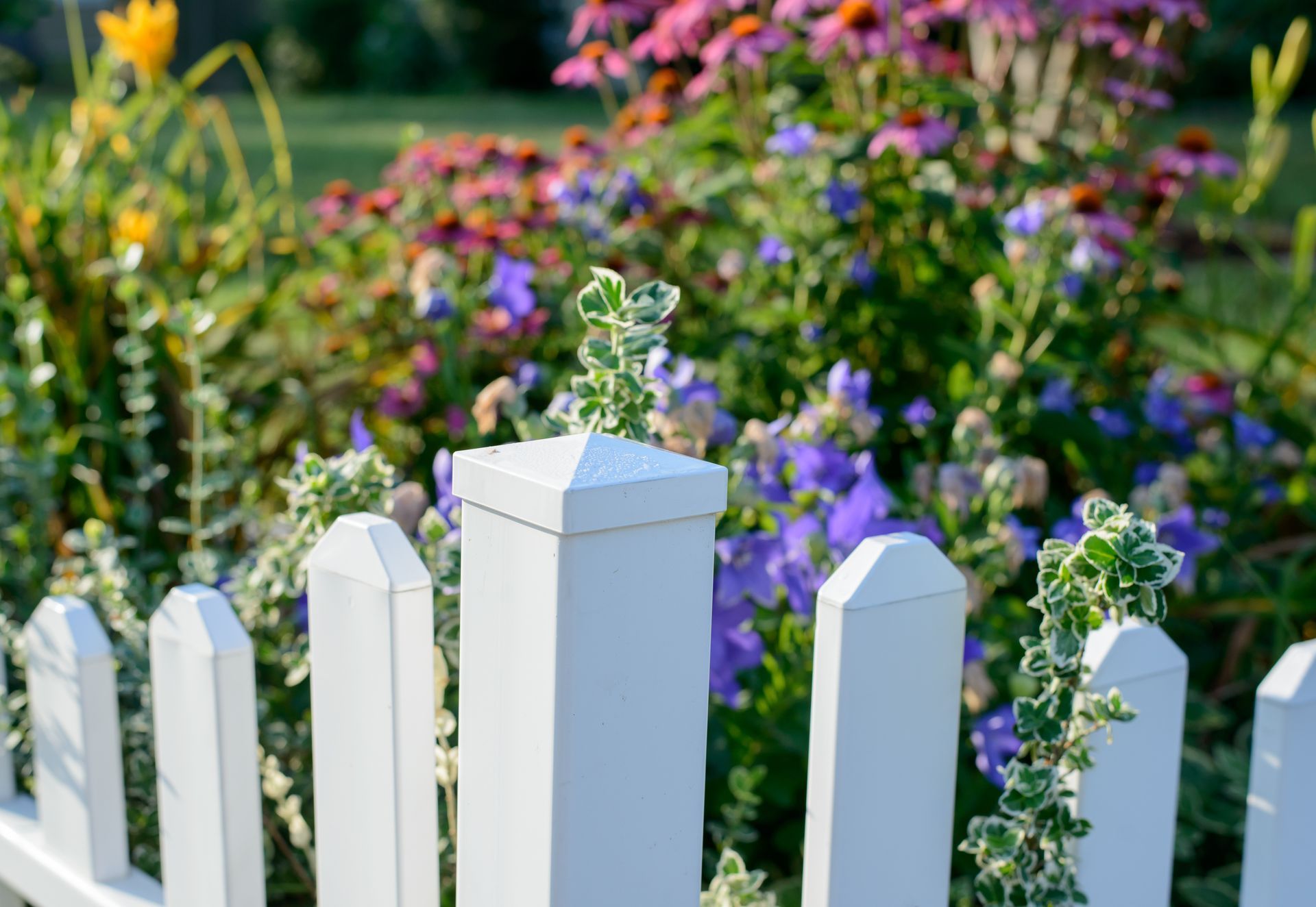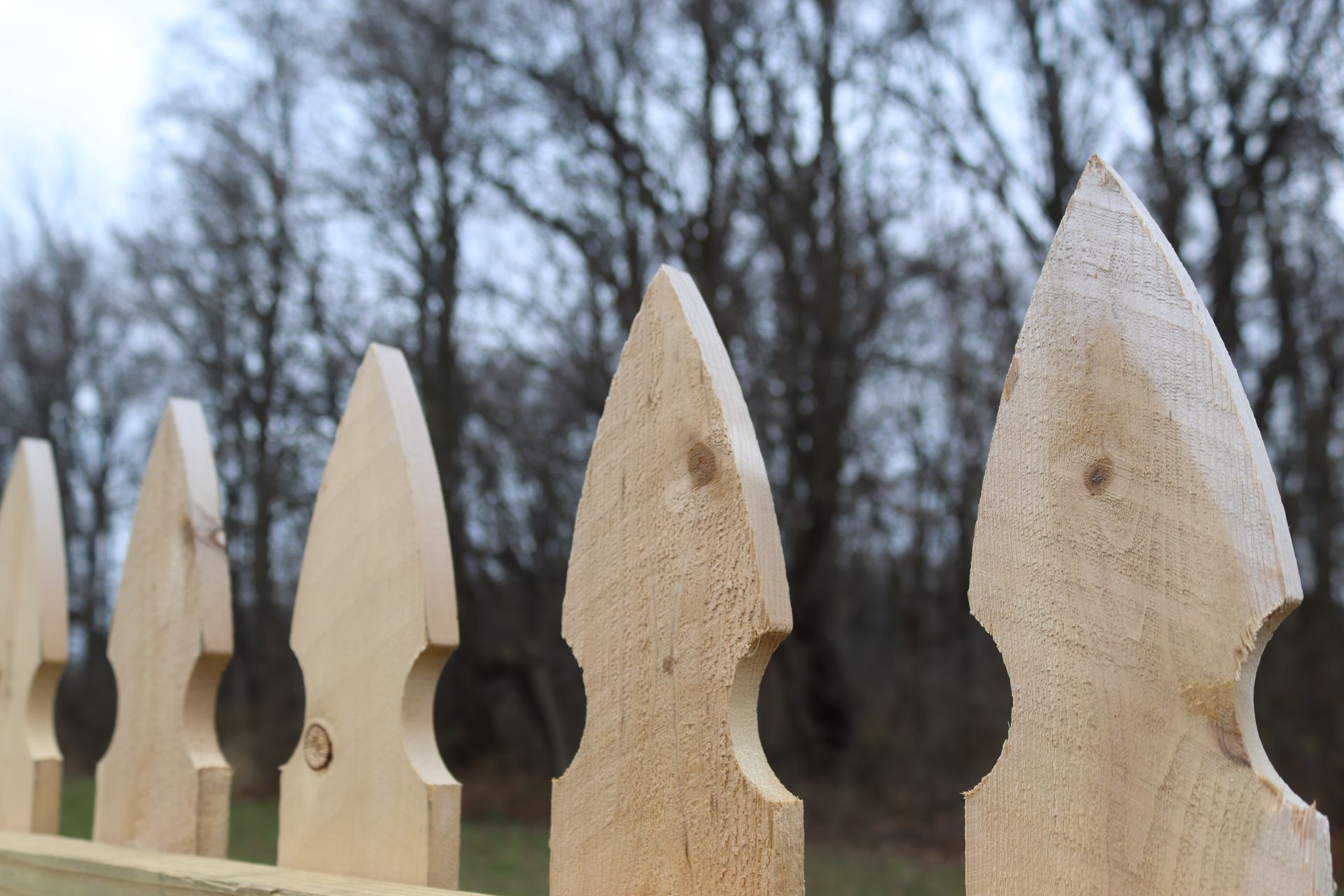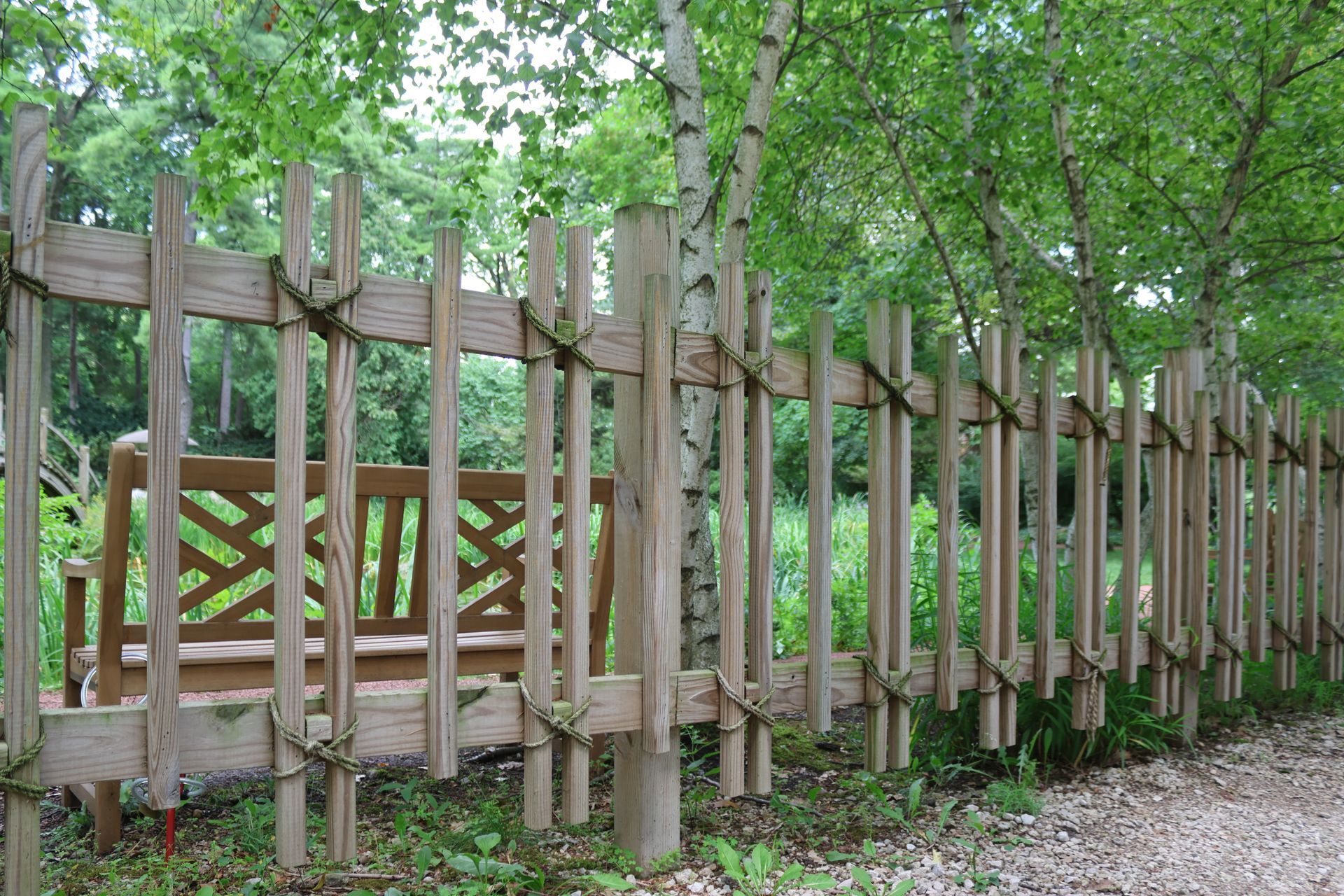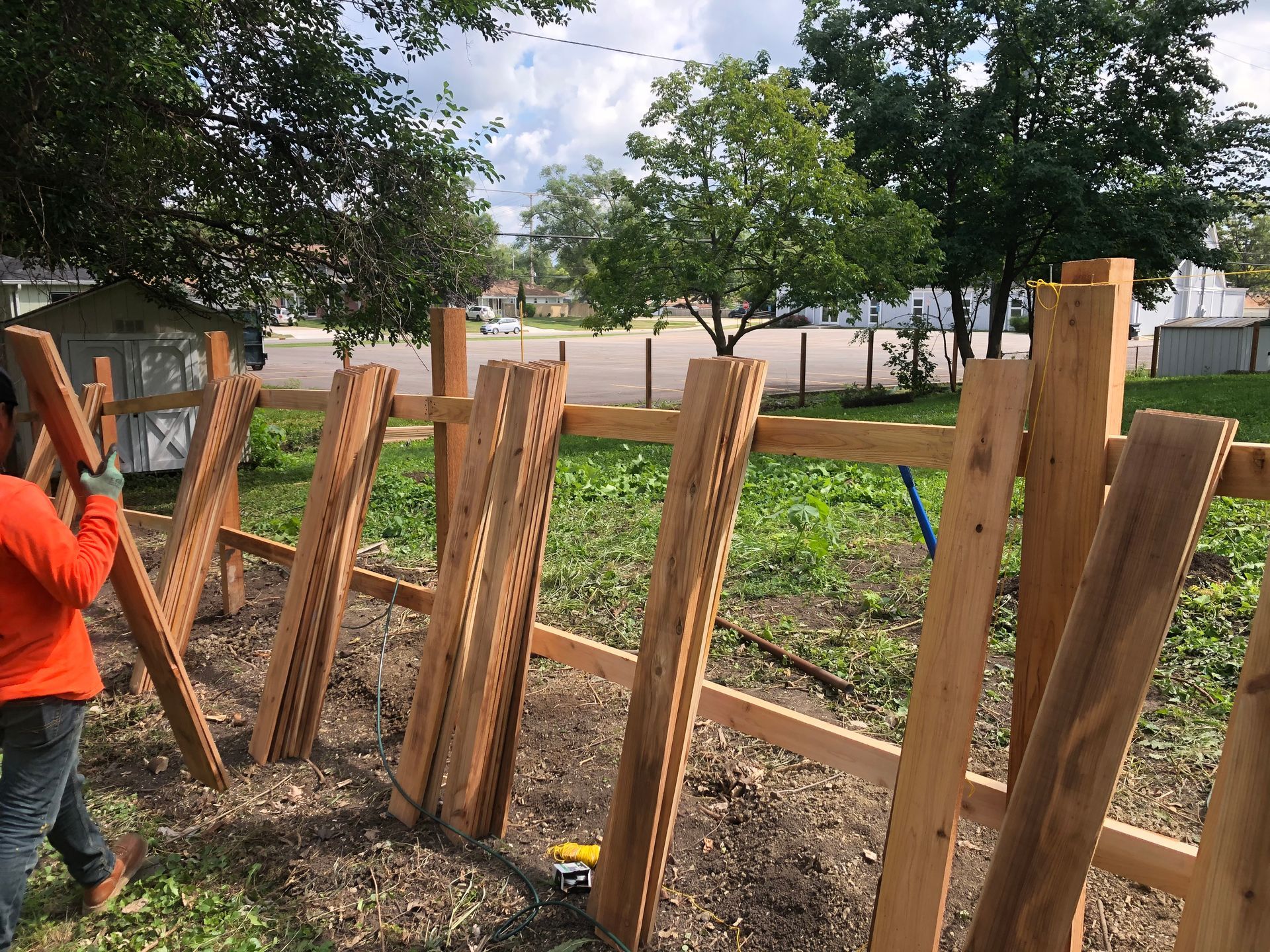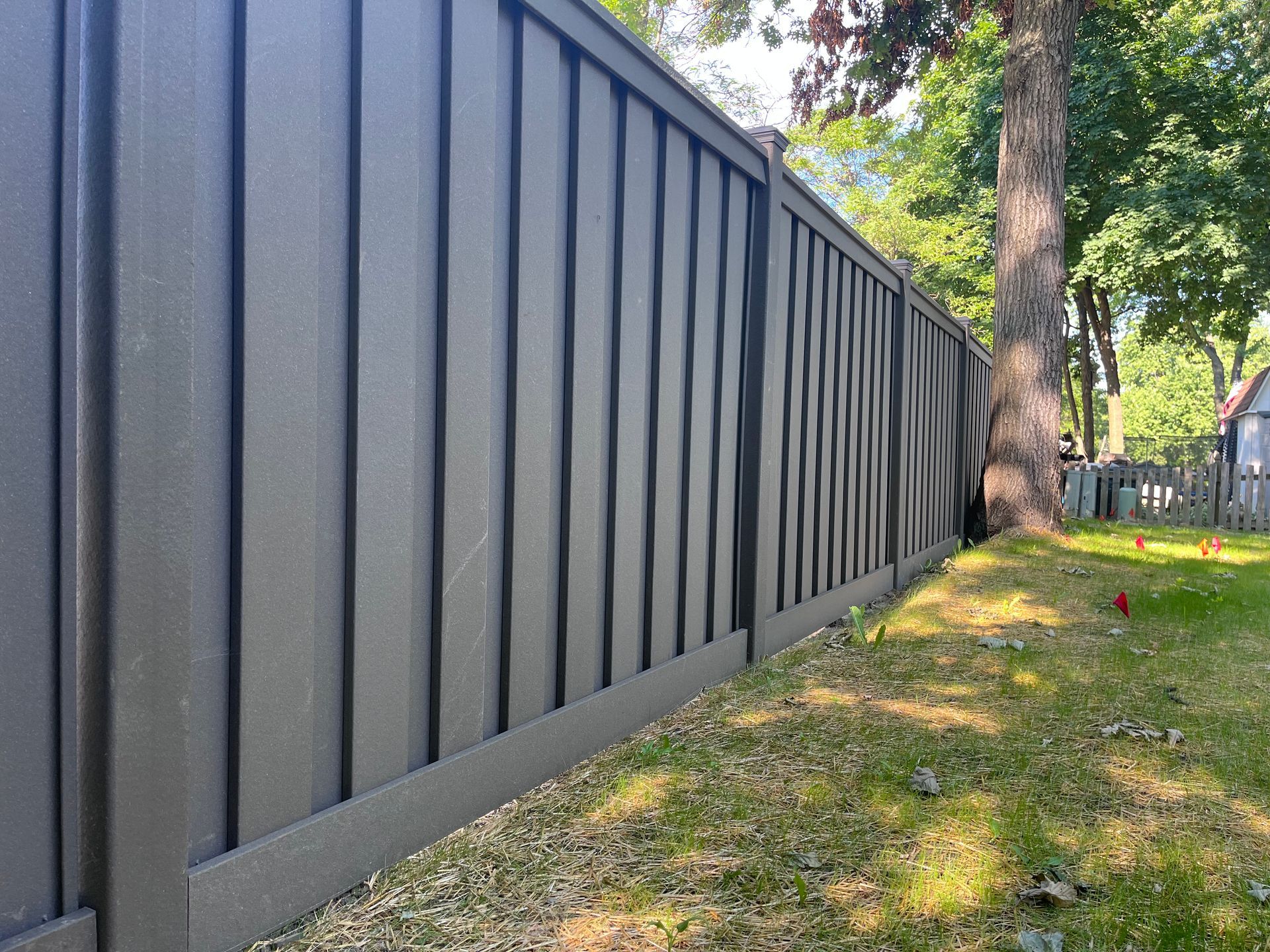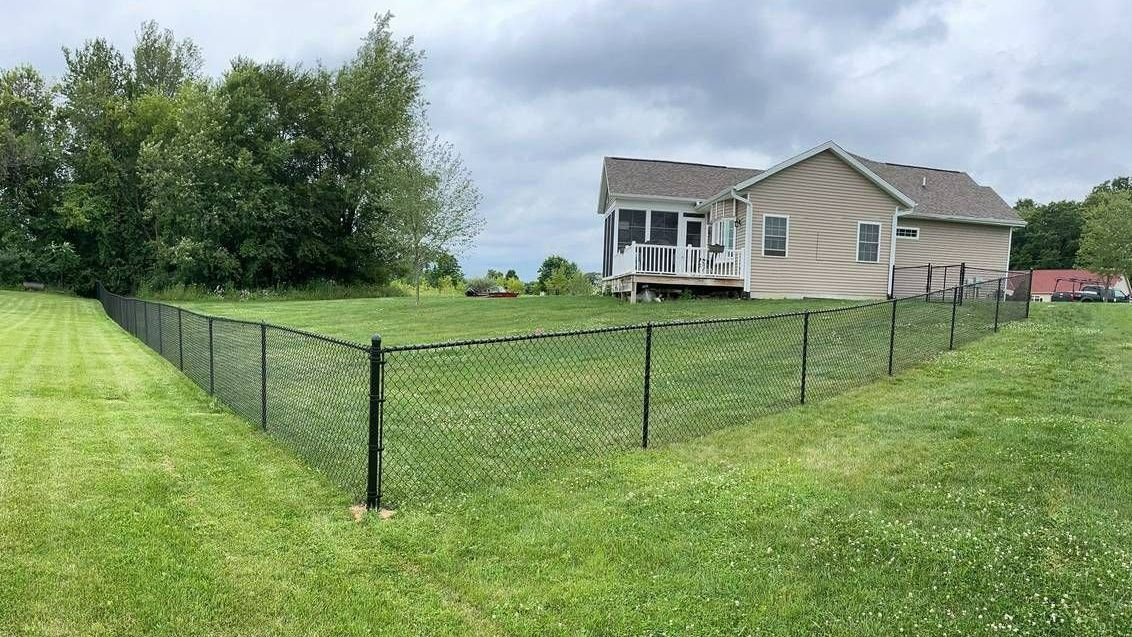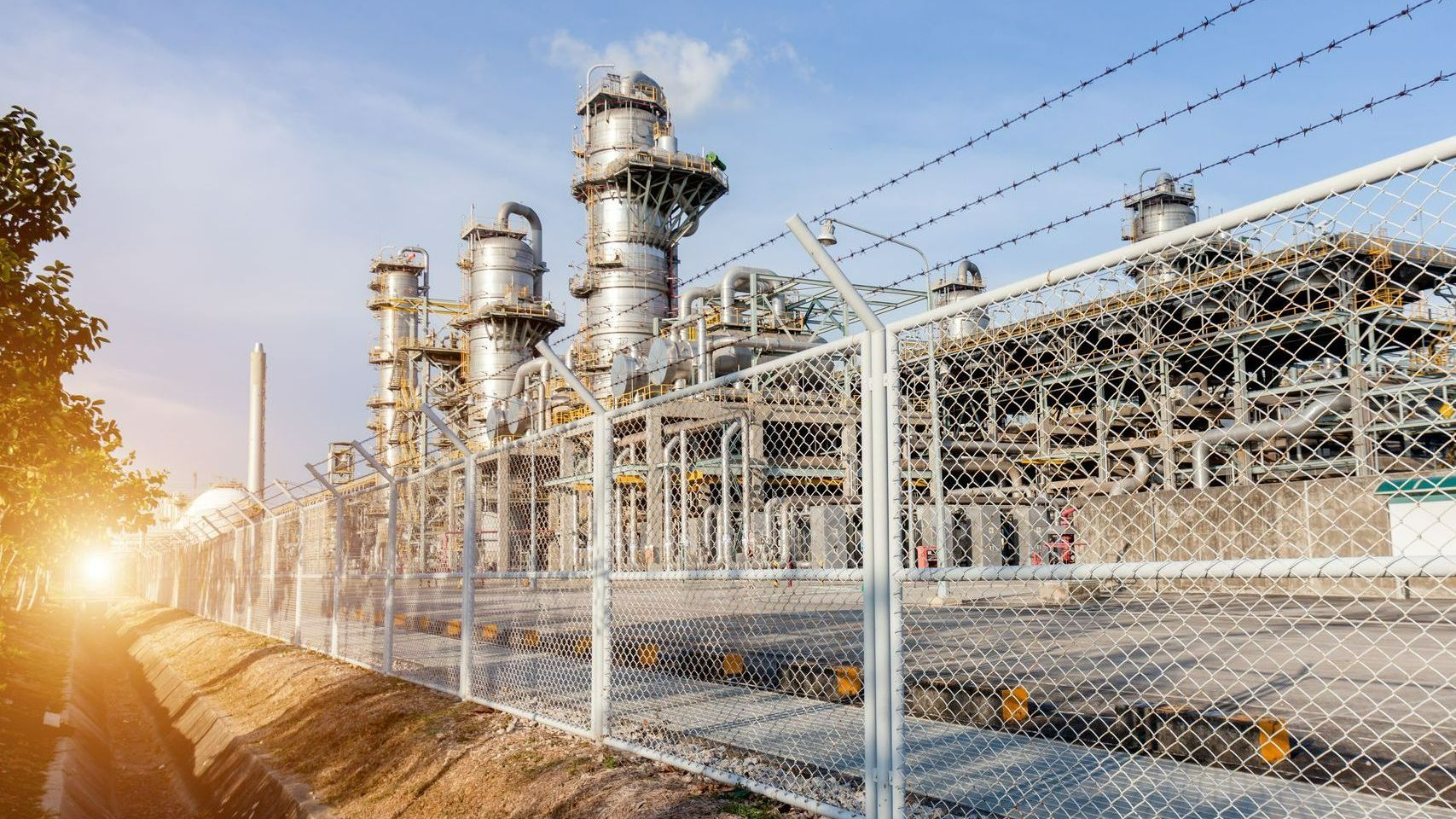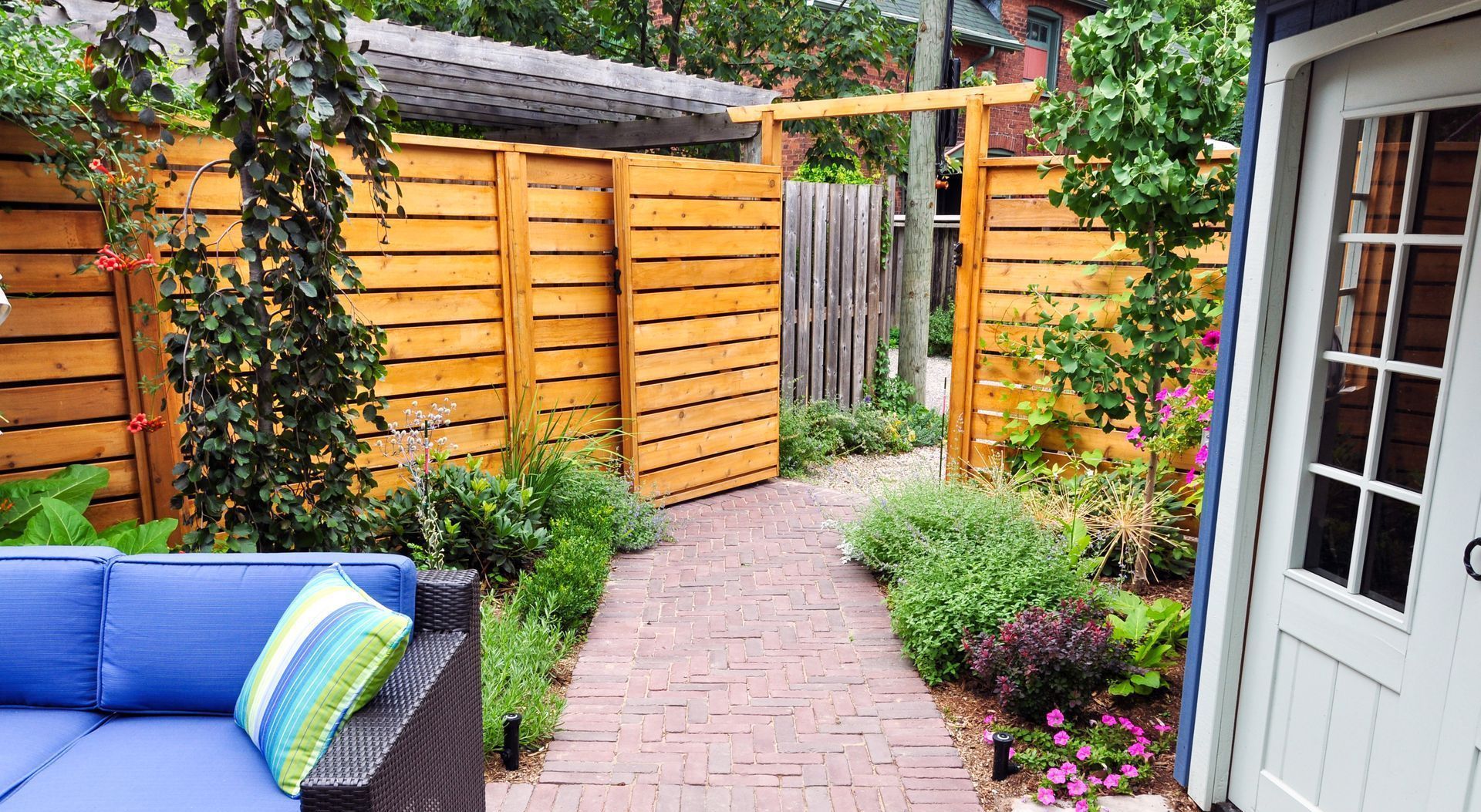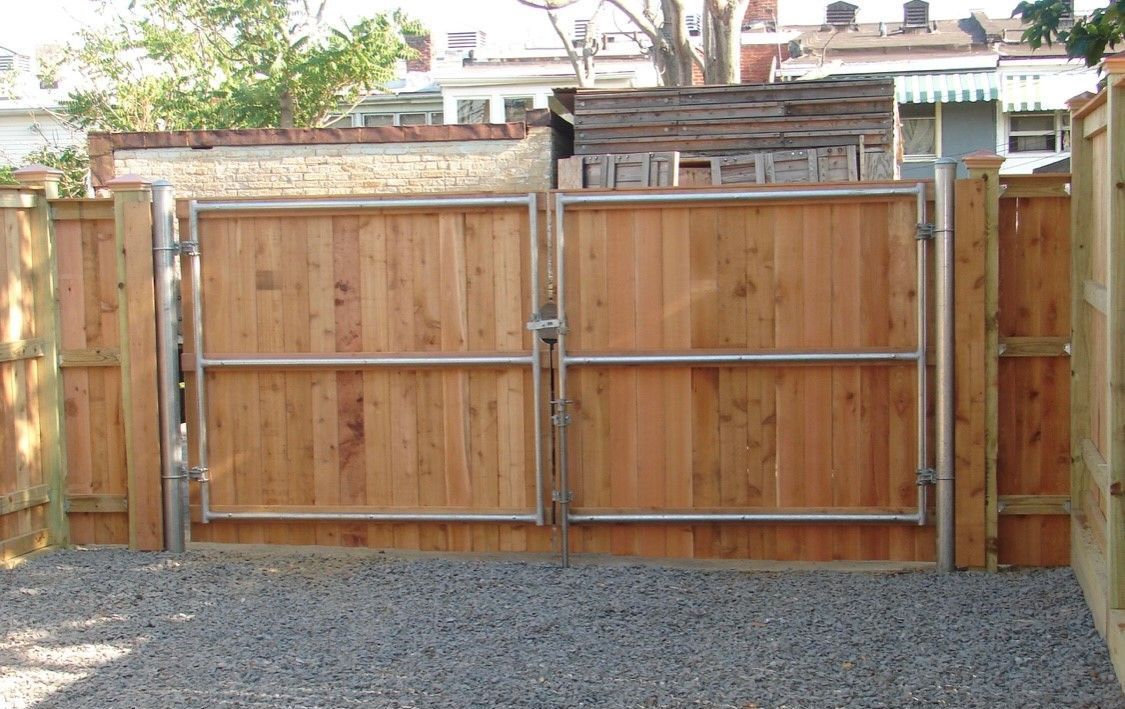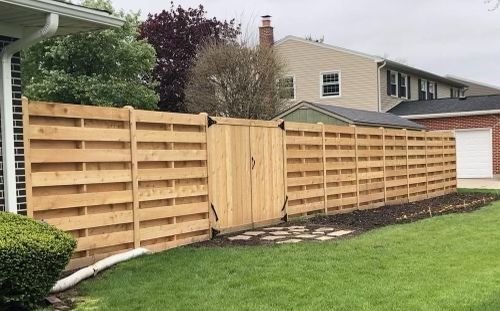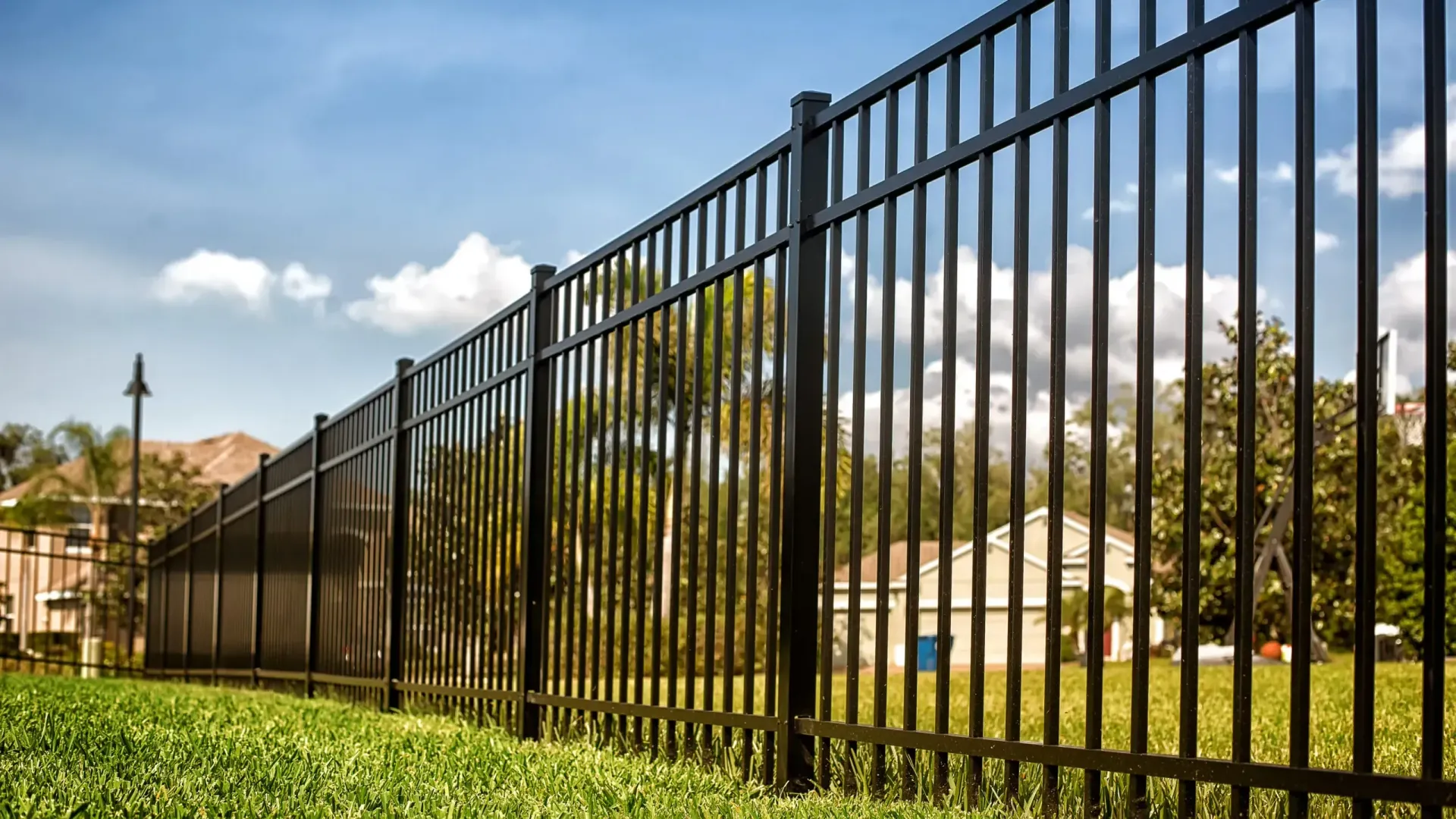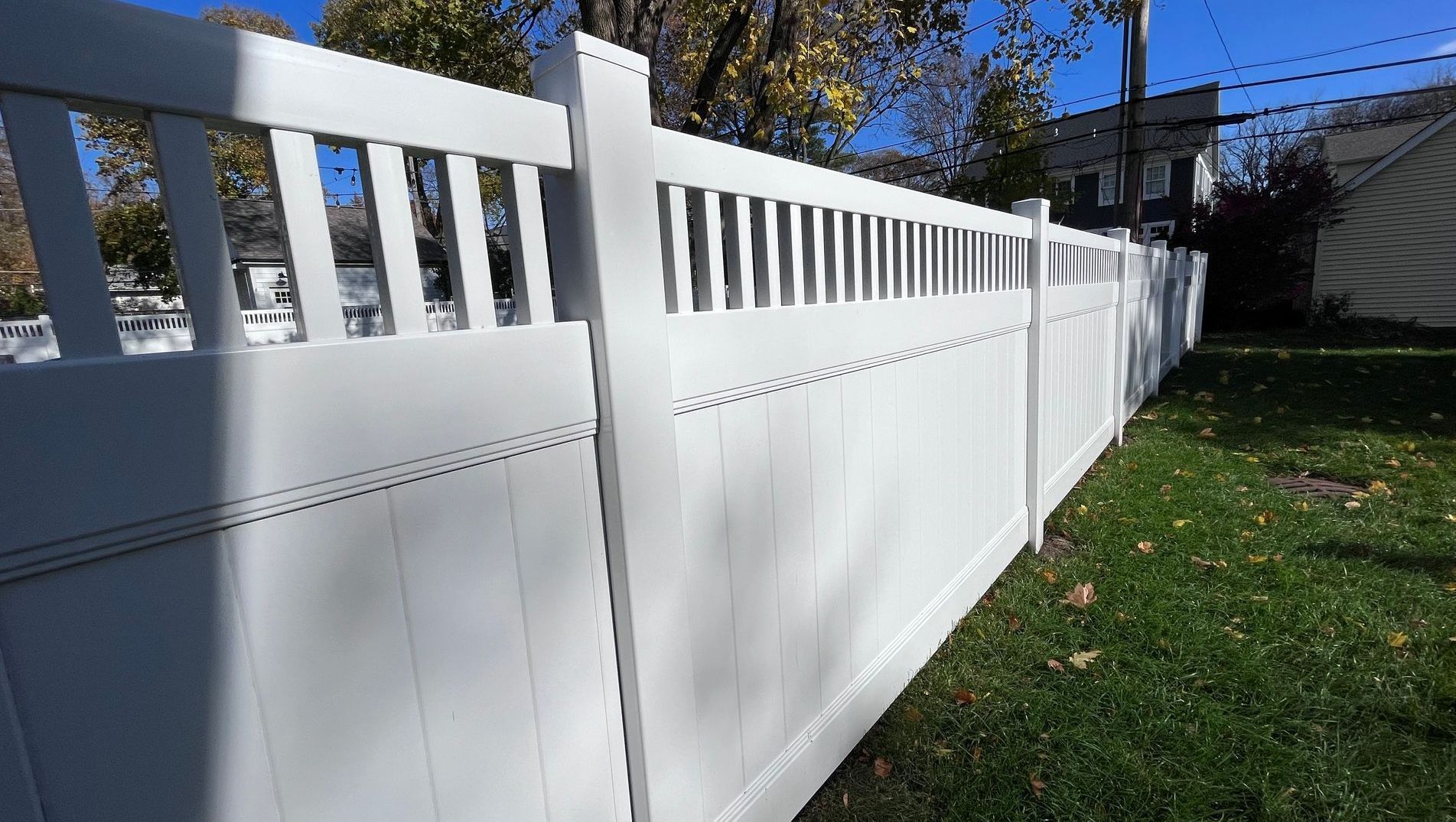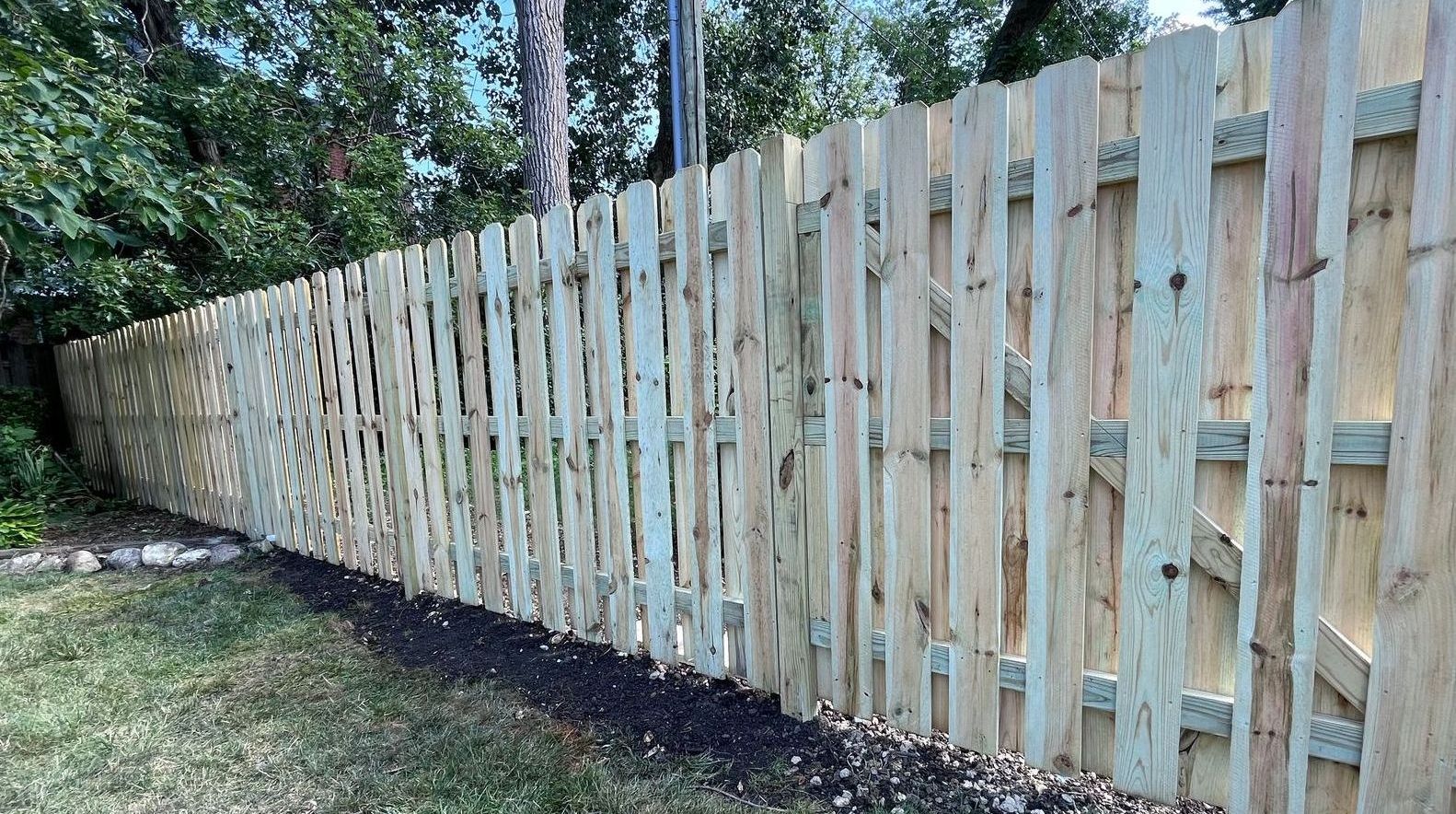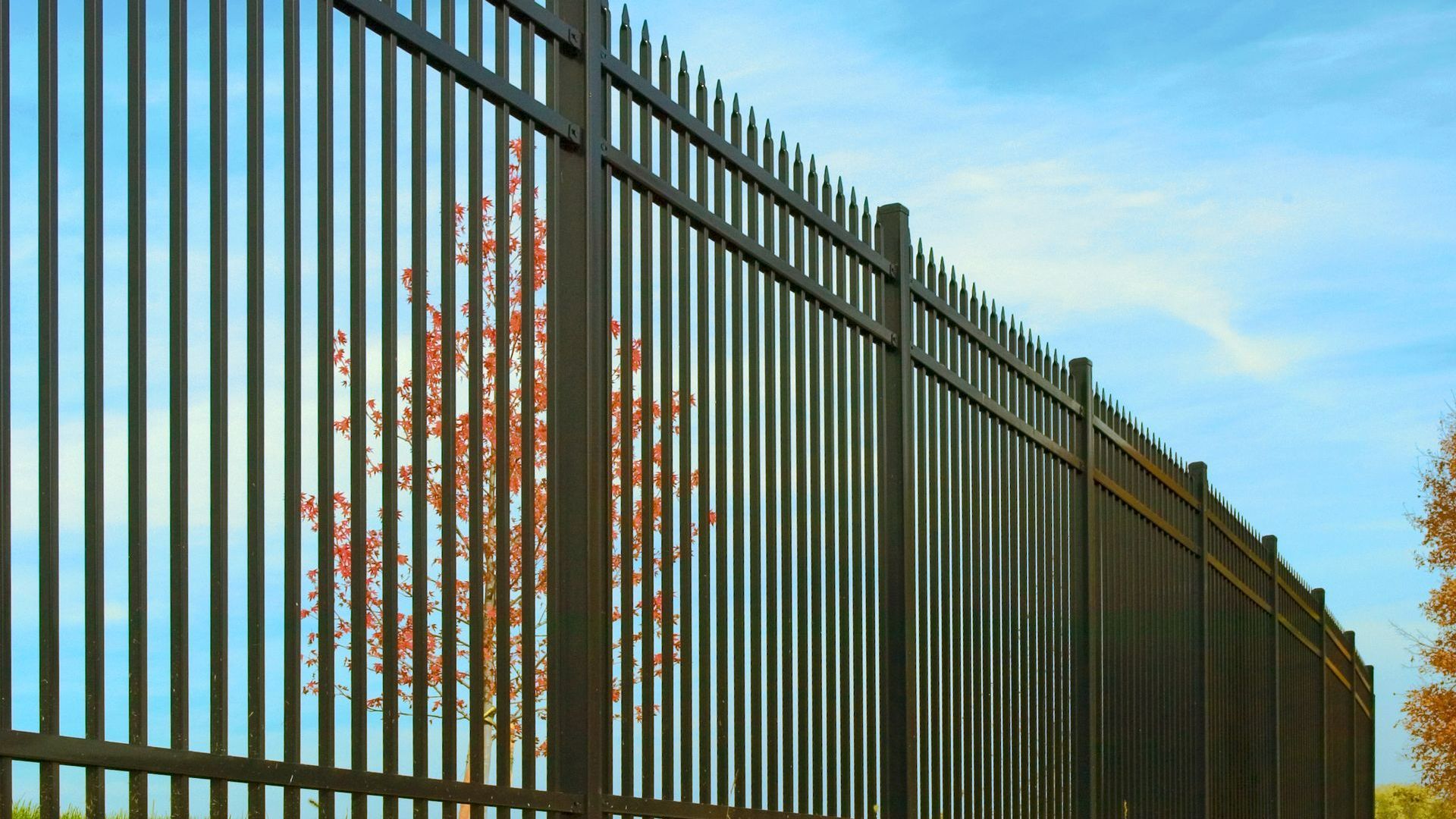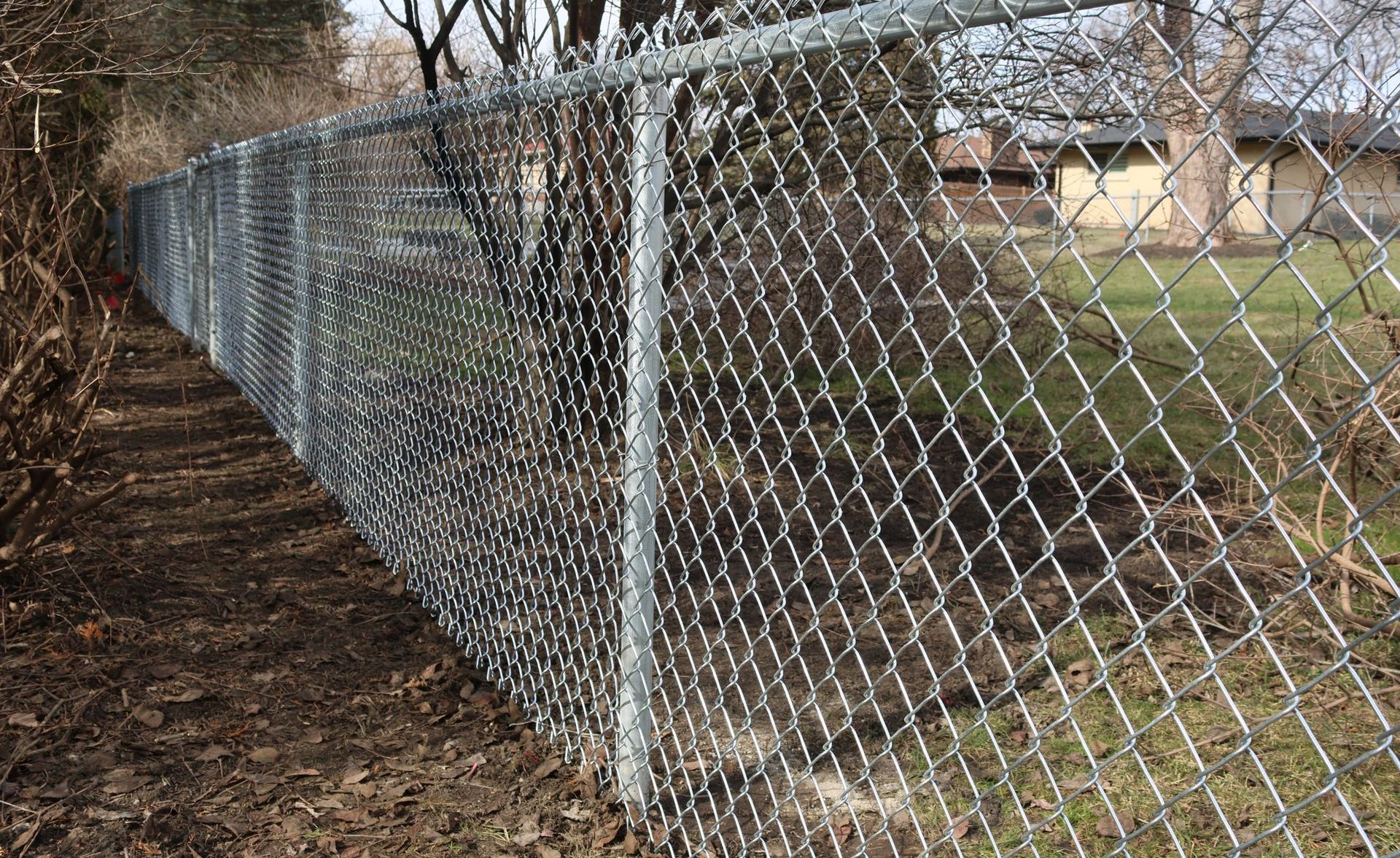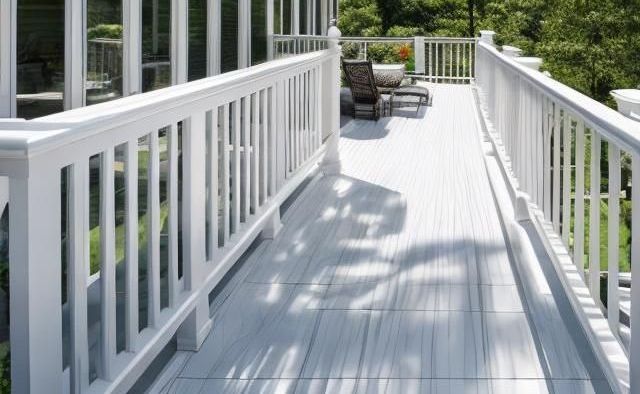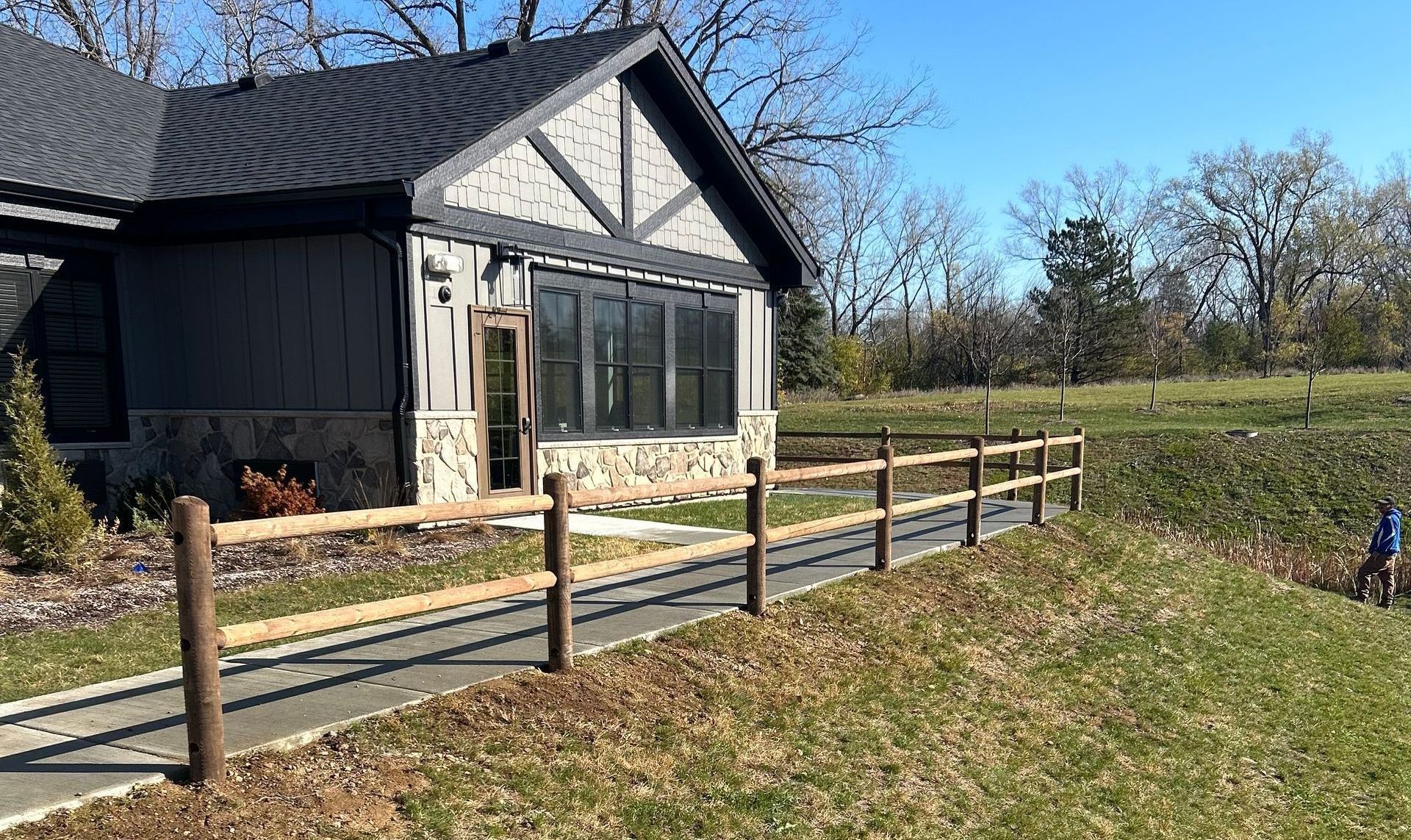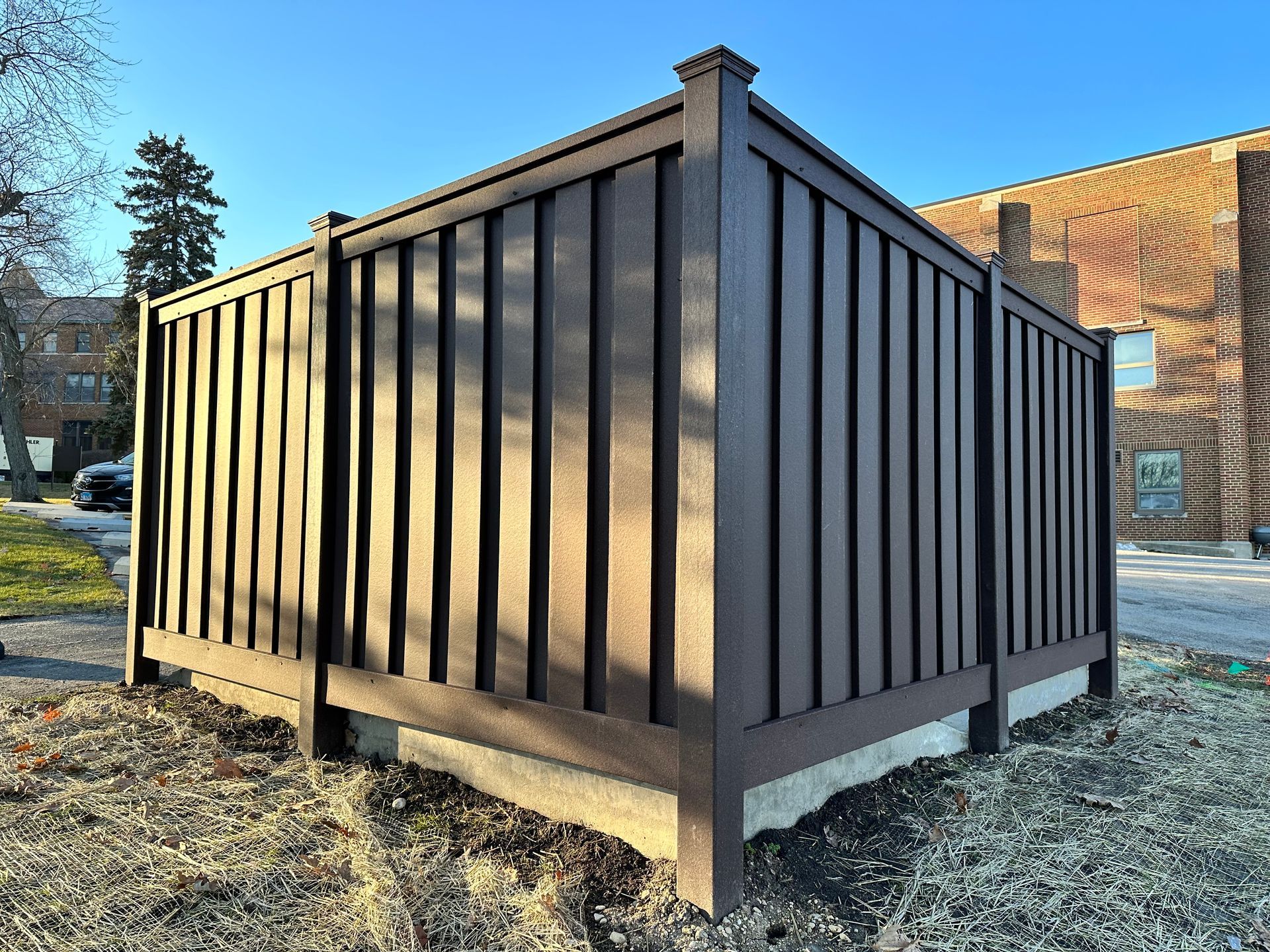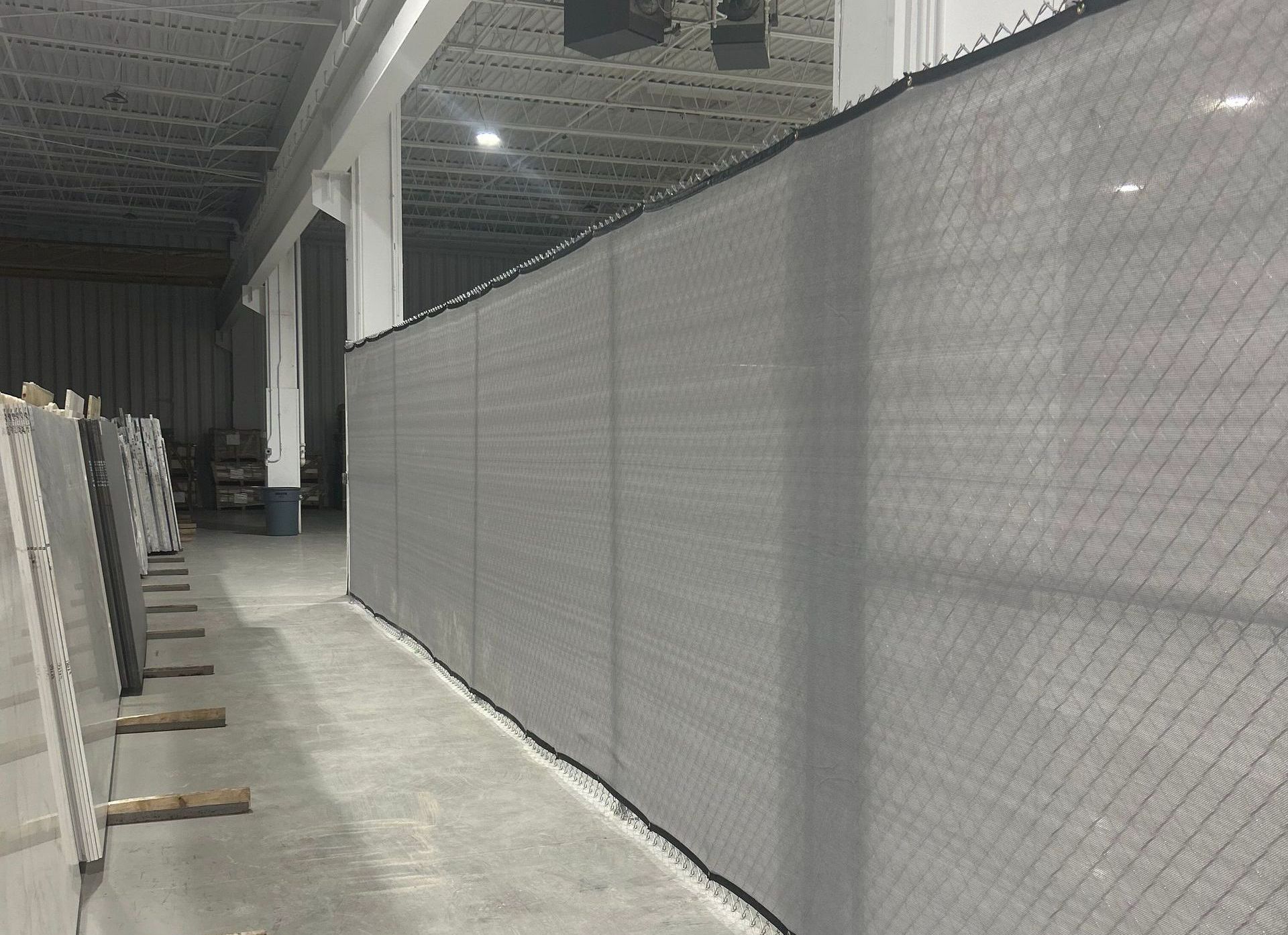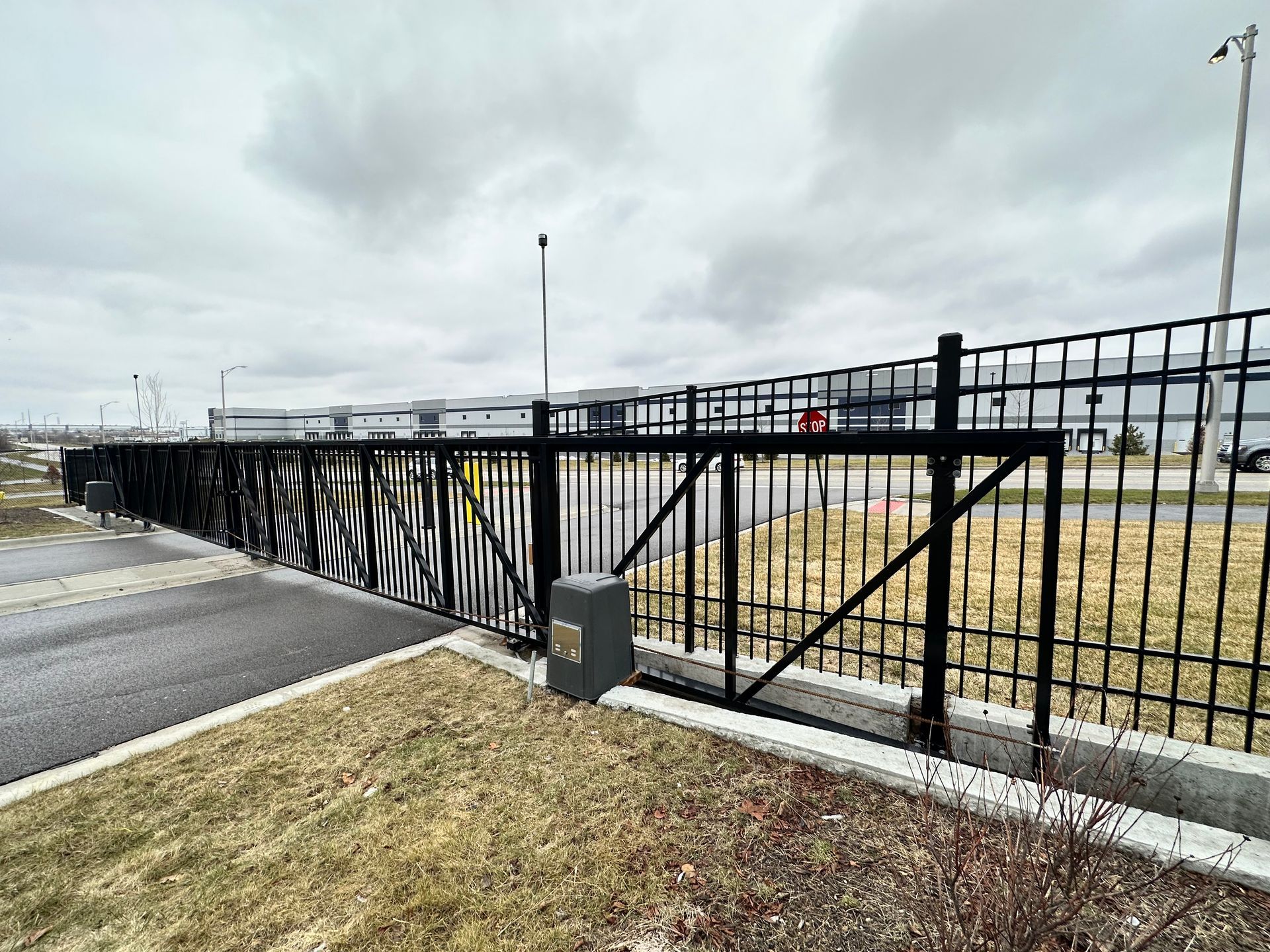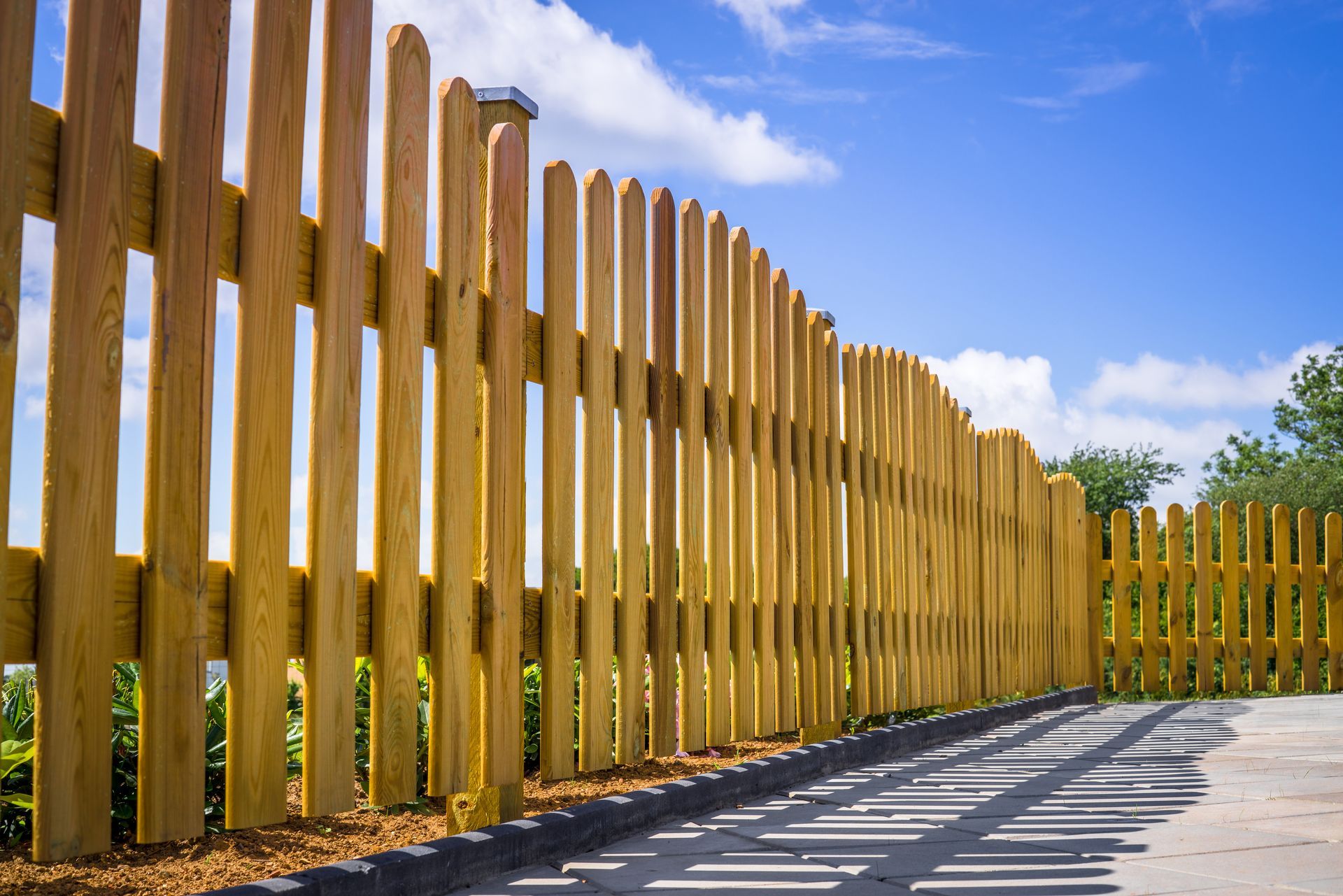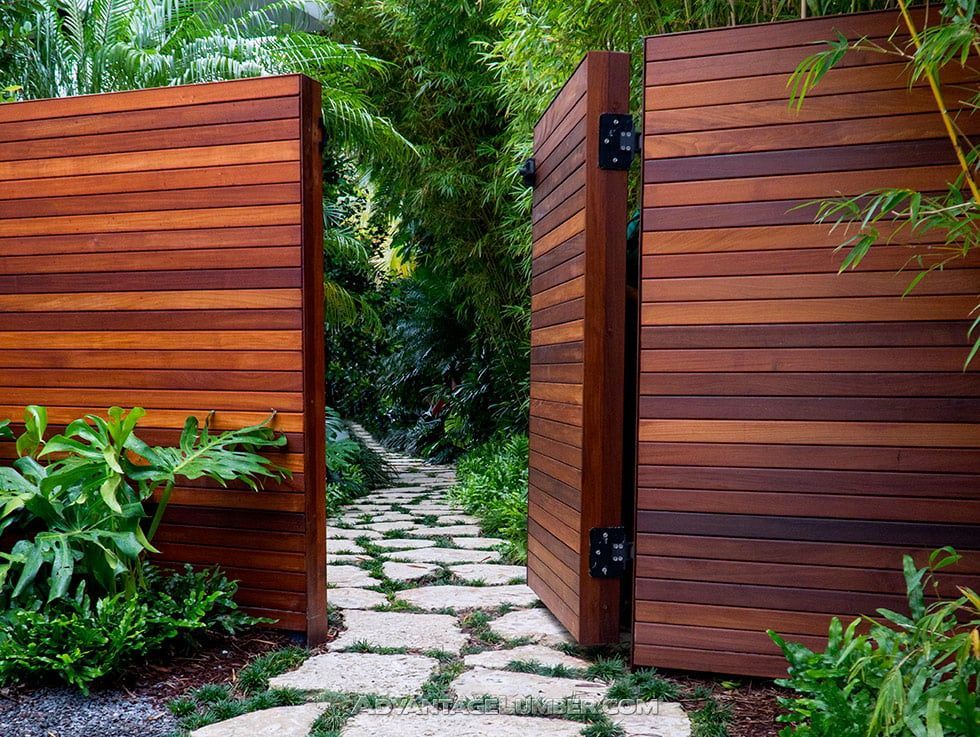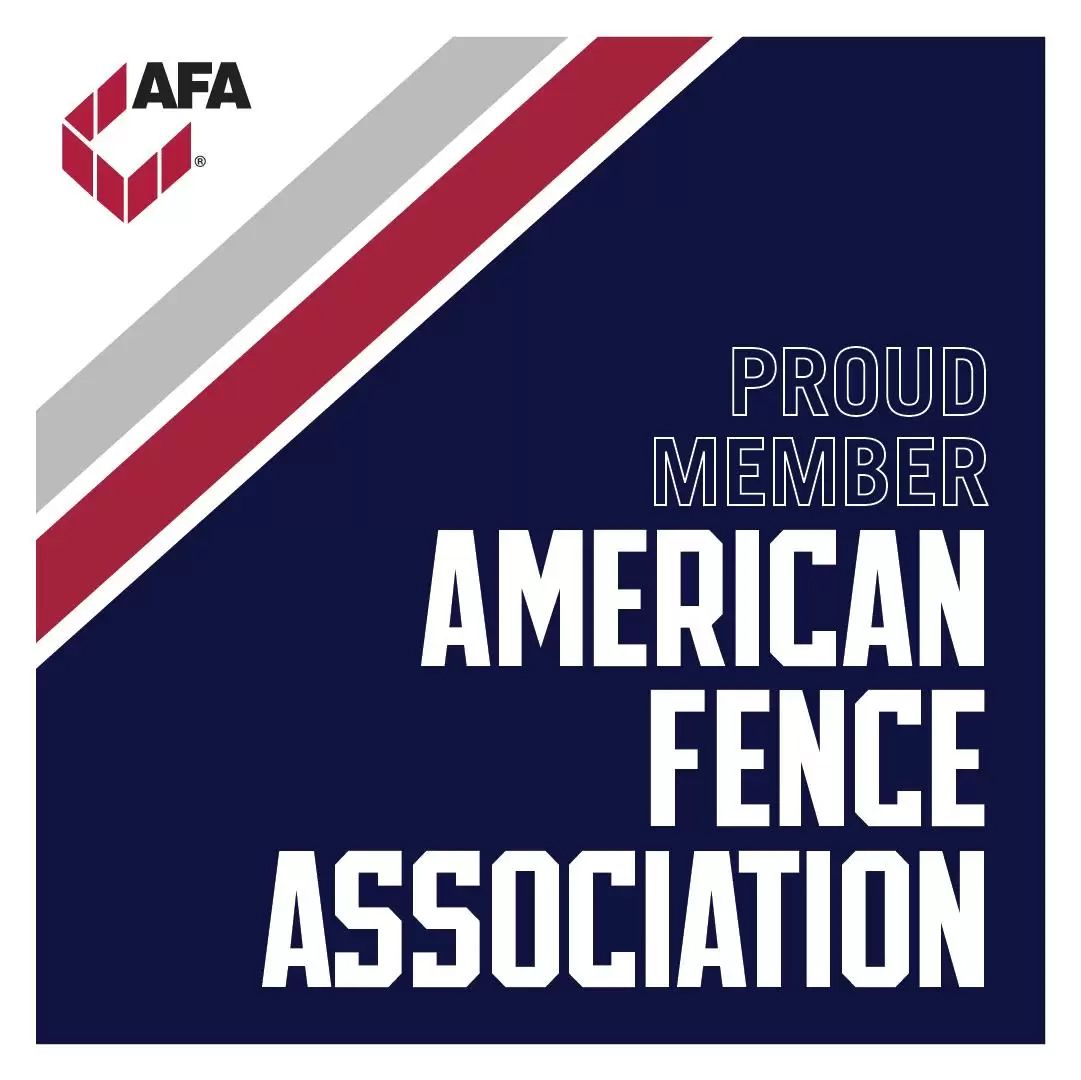Fence Heights
There are a variety of fence heights to choose, but what is best for your application?
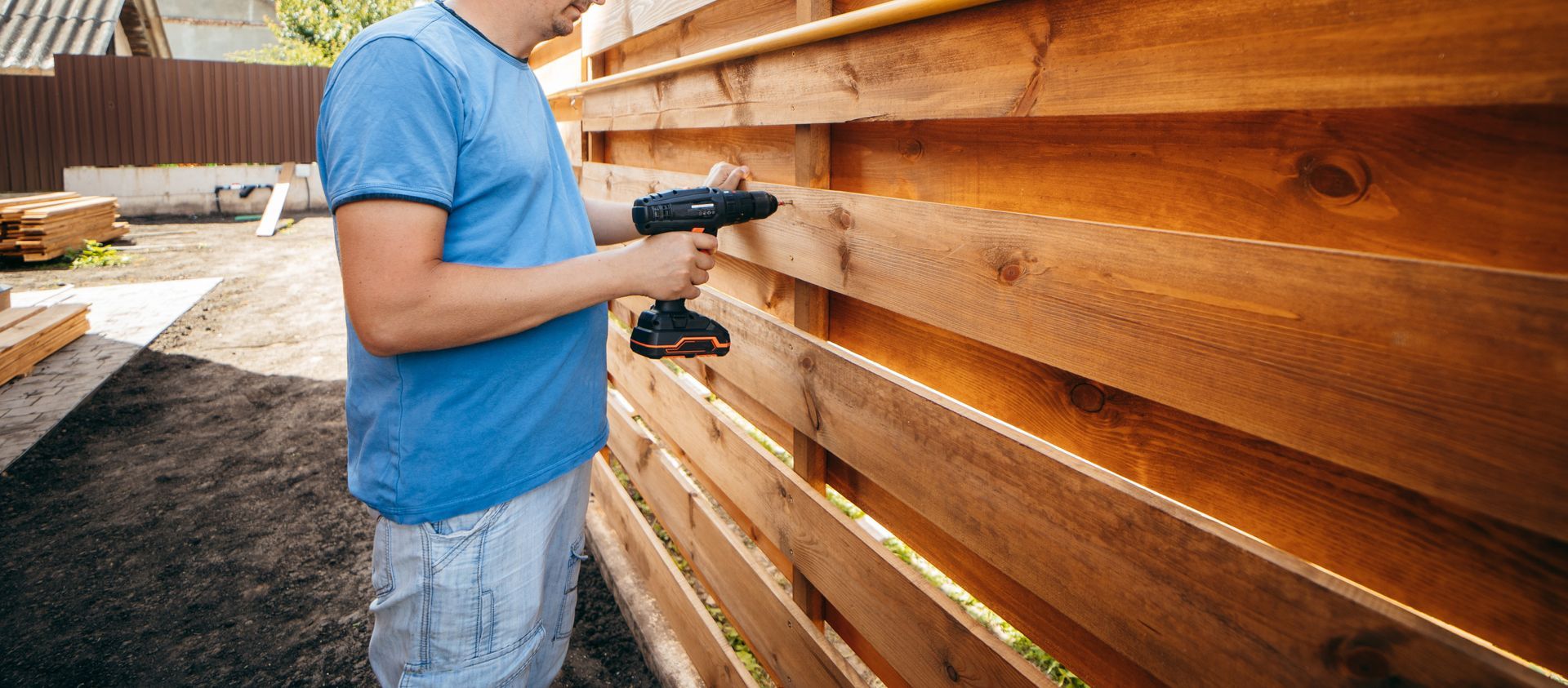
When selecting the ideal fence for a property, whether residential or commercial, height plays a crucial role in meeting the specific needs and regulations of the area. For residents and businesses around Schaumburg, Illinois— and Chicagoland, generally speaking—understanding the different fence heights and their implications is essential for making informed decisions. This article delves into the various fence heights available, examining their advantages, disadvantages, and the purposes they serve, such as adherence to local regulations, pet containment, and security.
When it comes to fence heights, everything from 3' tall being the least common to 8' tall for commercial applications. These heights can be applied to any fence material, such as wood (cedar or treated pine), vinyl (PVC), composite, aluminum, chain link, or steel fencing.
Fence Heights for Residential Properties
Three-Foot Fences (3' Tall Fencing)
Advantages:
- Enhances Curb Appeal: These fences are often used for their decorative value, enhancing the visual appeal of a property without significantly obstructing the view.
- Accessibility and Openness: A three-foot fence makes it easy for homeowners to engage with neighbors or passersby, promoting a friendly, open community atmosphere.
- Lower Cost: Less material and labor are required for installation, making this an economical option for those looking to define property boundaries without a significant financial investment.
Disadvantages:
- Limited Security and Privacy: Due to its short stature, a three-foot fence provides minimal privacy and security. It is easy to climb over and does little to deter intruders.
- Inadequate for Larger Pets: This fence height is often insufficient for containing larger pets or those that can jump, as most dogs can easily leap over a barrier this size.
Ideal Use:
Three-foot fences are particularly suitable for front yards where full privacy is not a priority but where delineating property boundaries is desired. They are also popular in community settings or historic districts where open sightlines are preserved to maintain a specific aesthetic continuity.
Impact on Chicagoland Residents
For residents around Schaumburg and the broader Chicagoland area, three-foot fences can be a charming addition to front yards, especially in neighborhoods that value traditional, open designs. They allow homeowners to maintain a sense of openness and connectivity with their community, which can be particularly appealing in suburban settings where interactions with neighbors are valued. However, residents should consider the limited functionality of such fences in terms of security and pet containment, which may necessitate additional measures like leash laws or supervised outdoor time for pets.
Additionally, as with any structural alteration to a property, it's essential to verify local zoning laws and HOA rules, as some areas might have specific requirements or restrictions regarding the types of fences allowed, especially in the front yard. Ensuring compliance helps avoid potential conflicts or the need for costly modifications down the line.
In summary, a three-foot fence can be a suitable choice for Chicagoland residents who prioritize aesthetic appeal and minimal boundary delineation over privacy and security. Its application is best suited to situations where the visual aspect of fencing takes precedence, adding a touch of elegance and openness to a property’s facade.
Four-Foot Fences (4' Tall Fencing)
Advantages:
- Aesthetic Appeal: A four-foot fence is often sufficient for front yards, maintaining curb appeal while subtly marking property boundaries.
- Cost-effective: Lower materials and installation costs due to less material usage.
Disadvantages:
- Limited Security: Shorter fences are easier to climb over, offering minimal security and privacy.
- Pet Containment: May not be effective for containing larger dogs or those that can jump high.
Ideal Use:
Primarily decorative, these fences are suitable for areas where visual openness is preferred over privacy and security.
Five-Foot Fences (5' Tall Fencing)
Advantages:
- Moderate Privacy and Security: A five-foot fence strikes a balance between accessibility and security, offering a deterrent to casual trespassers without completely sealing off the property.
- Pet Containment: Generally effective for medium-sized dogs, this height can prevent them from jumping over while allowing them some visibility beyond the yard.
- Aesthetically Pleasing: This height is often seen as proportionally pleasing, maintaining a balance between being overtly imposing and too inviting.
Disadvantages:
- Limited Security for Agile Climbers: While it provides a moderate barrier, agile intruders or larger animals can still potentially overcome a five-foot fence.
- Partial Privacy: While taller than four-foot options, it may not offer complete visual privacy, especially against elevated viewpoints or taller individuals.
Ideal Use:
Five-foot fences are well-suited for residential properties where homeowners desire a mix of privacy, security, and aesthetic openness. They are commonly used in backyards where a combination of pet containment and child safety is important without creating a fortress-like appearance.
Impact on Chicagoland Residents
In the Chicagoland suburbs surrounding Schaumburg, a five-foot fence offers an appealing compromise for many homeowners. It supports a friendly neighborhood atmosphere by not completely closing off properties, while still providing enough barrier to ensure a comfortable level of security and privacy. This fence height can be particularly effective in suburban developments where both appearance and functionality are key considerations in maintaining property values and community standards.
Moreover, for families with pets and young children, five-foot fences offer a practical solution by keeping the yard secure enough to deter most accidental or unauthorized entries while allowing for visibility and light penetration. This height can also be advantageous in areas where fence regulations are stricter, potentially avoiding the need for special permits required for taller structures.
Overall, a five-foot fence in the Chicagoland area serves as a versatile option, accommodating the needs of enhanced privacy and security without the implications of more imposing fence heights. It represents a middle ground, reflecting a balanced approach to residential fencing by integrating practical security measures with community-friendly design.
Six-Foot Fences (6' Tall Fencing)
Advantages:
- Enhanced Privacy and Security: Provides better security against intruders and keeps prying eyes away from private activities.
- Good for Pet Containment: Effective for keeping most pets, including large dogs, securely within the yard.
Disadvantages:
- Cost: More material leads to higher costs in terms of both materials and labor.
- Permit Requirements: Often requires a building permit, depending on local regulations.
Ideal Use:
This is the most common residential fence height, balancing security, privacy, and aesthetics. It’s especially popular in suburban areas around Schaumburg.
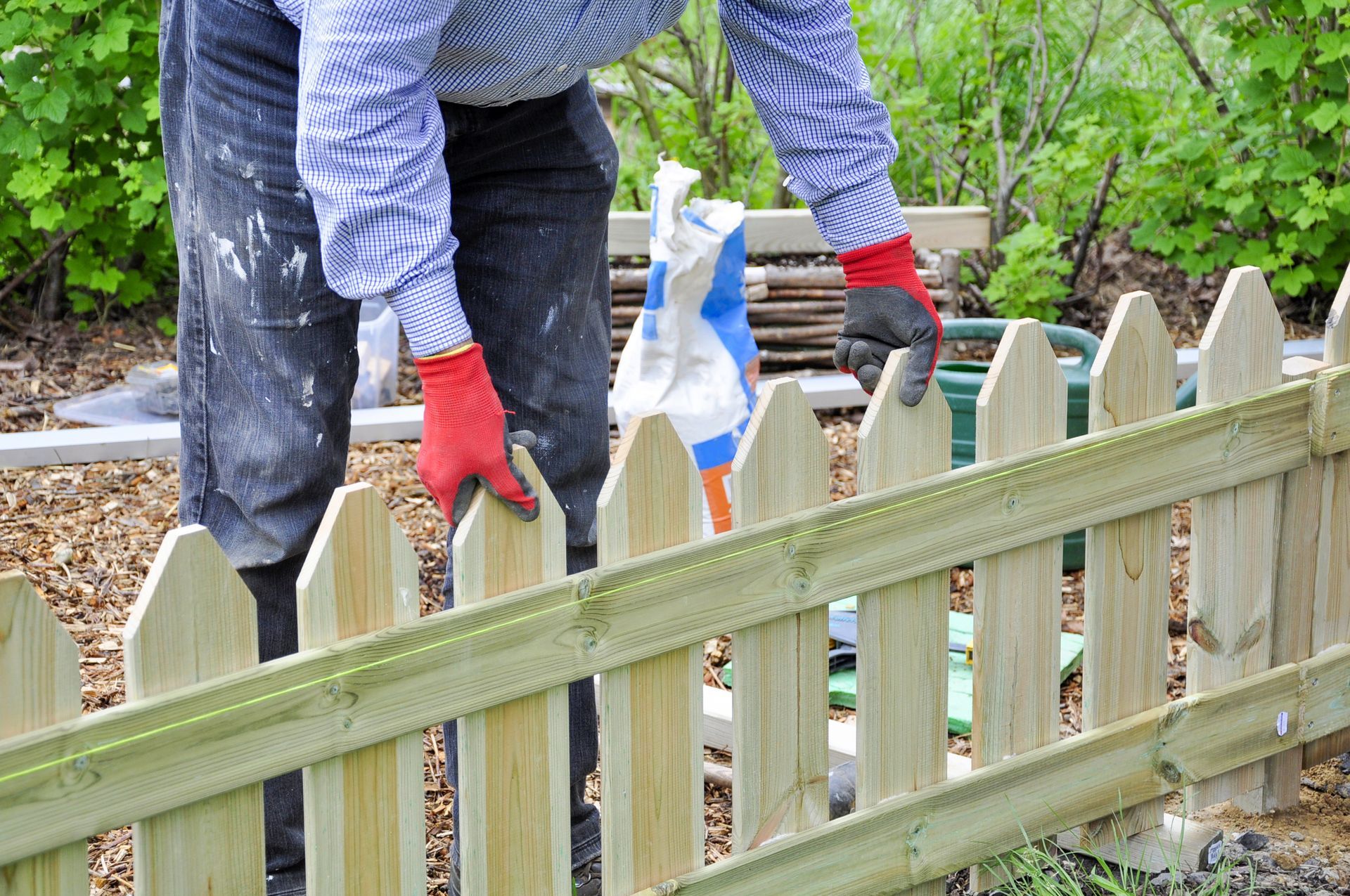
Fence Heights for Commercial Properties
Eight-Foot Fences (8' Tall Fencing)
Advantages:
- Maximum Security: Provides substantial protection against unauthorized entry.
- Privacy: Keeps commercial operations out of public view, which is beneficial for businesses handling sensitive activities.
Disadvantages:
- Local Regulations: Might require special permits; not all zones allow for such tall structures.
- Cost and Installation: Higher costs for materials and installation; may require more robust support structures.
Ideal Use:
Ideal for industrial sites, warehouses, and other commercial properties requiring high levels of security and privacy.
Understanding Local Regulations in Chicagoland
In Illinois, particularly in the suburbs surrounding Schaumburg, fence regulations can vary significantly by locality. Generally, residential areas have restrictions on maximum fence heights, usually around six feet for backyards and four feet for front yards. Commercial properties might be allowed higher fences, especially if located in industrial zones.
For specific projects, it's crucial to check with local building authorities in towns like Palatine, Hoffman Estates, and Elk Grove Village to ensure compliance with local ordinances. Violations can lead to fines and the requirement to modify or remove non-compliant fencing, leading to additional costs.
Special Considerations for Pets
Different dog breeds and their capabilities significantly influence the choice of fence height. For instance, breeds known for their jumping ability, like Greyhounds or Boxers, might require taller barriers than a Basset Hound or Dachshund. The fence should not only prevent jumping over but also discourage climbing, and it should provide no footholds or sufficient transparency to reduce the visual triggers causing a dog to jump.
Security Considerations
Fences serve as a first line of defense against unauthorized access. Taller fences, potentially augmented with security features like spikes, anti-climb paint, or integrated security systems (cameras, motion sensors), enhance this capability. However, it's essential to balance security measures with aesthetic and practical considerations to ensure they do not become oppressive or overly prison-like, which can devalue property aesthetics and desirability.
Impact on Chicagoland Residents
For residents living in the Chicagoland suburbs, the choice of fence height impacts daily life, property value, and community aesthetics. A well-chosen fence height enhances curb appeal, provides peace of mind through enhanced security, and ensures compliance with local laws, avoiding legal issues. Additionally, it can create a safer, more controlled environment for pets and children, contributing to a more pleasant and functional home setting.
Final Verdict on Fence Heights
The decision on the height of a fence in the Chicagoland area involves a careful consideration of aesthetic preferences, security needs, local regulations, and the specific requirements of pets. Residents should consider these factors in the context of their local environment to choose the most appropriate and effective fencing solution.
For a free fence consultation with one of our fence experts, please schedule on our calendar here.
Fence Installation Blog
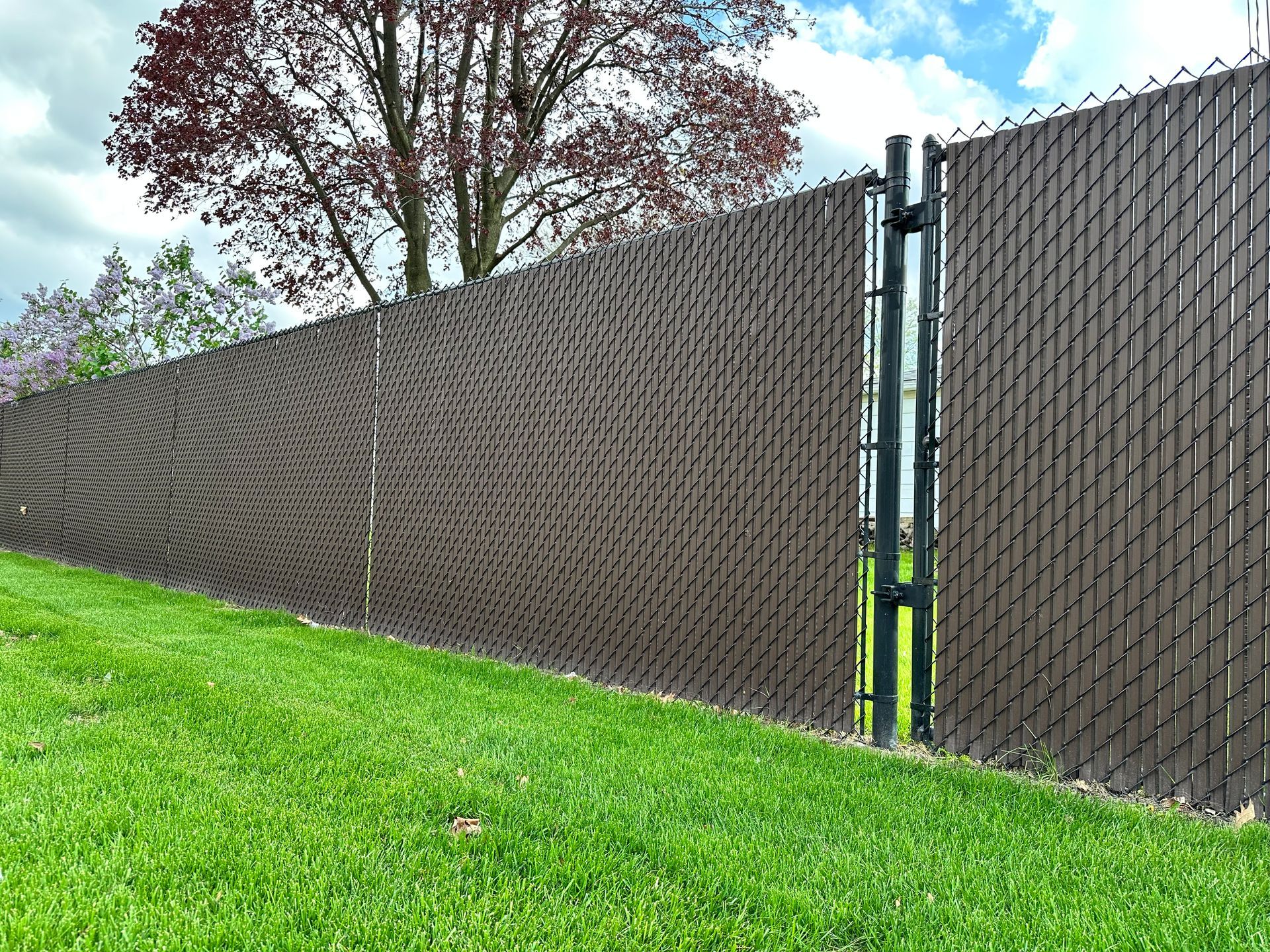
How to Upgrade Your Chain Link Fence with Privacy Slats: Benefits, Styles & Installation in Illinois
